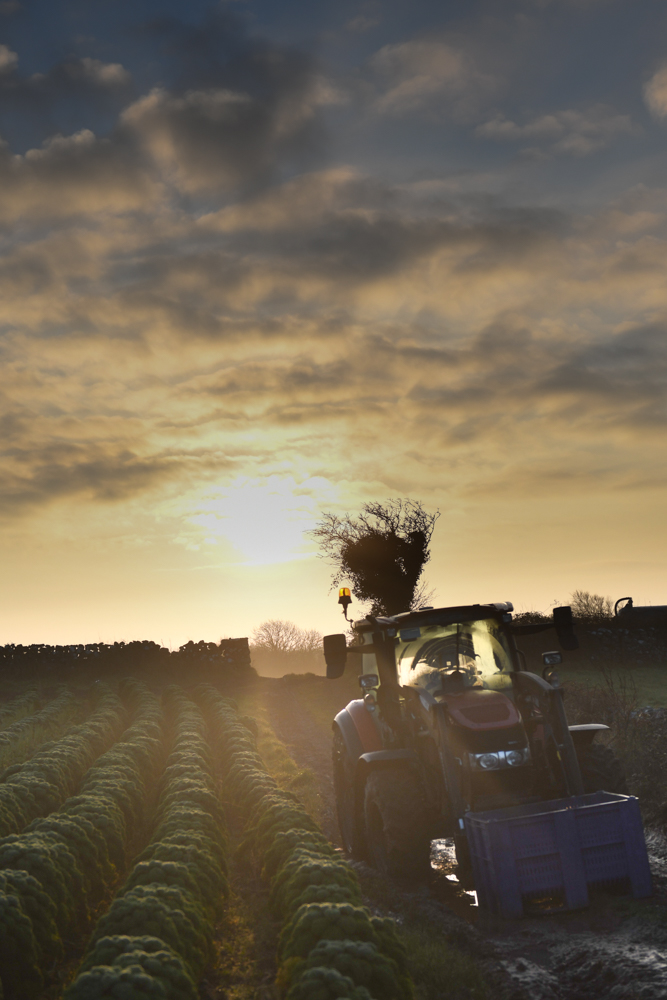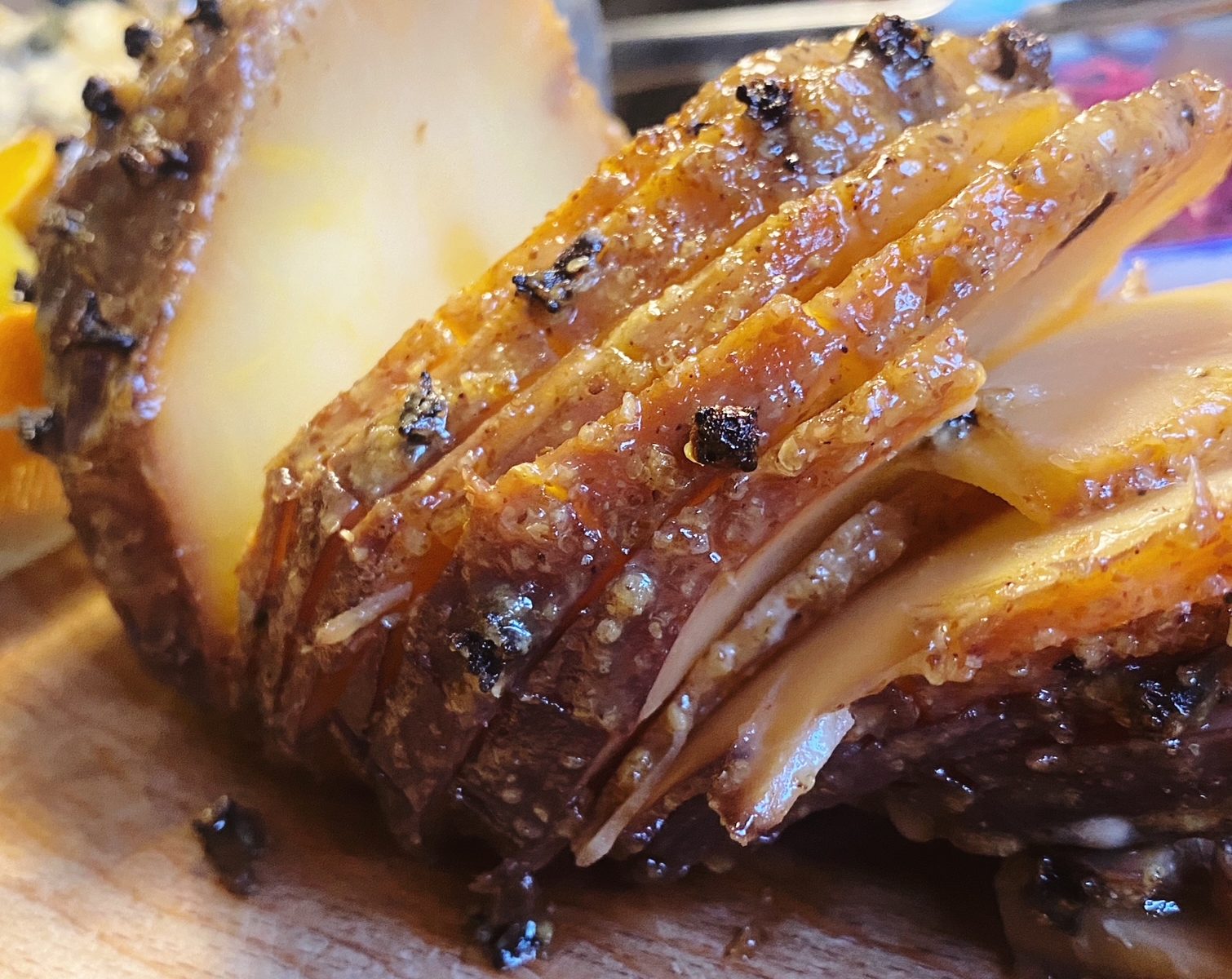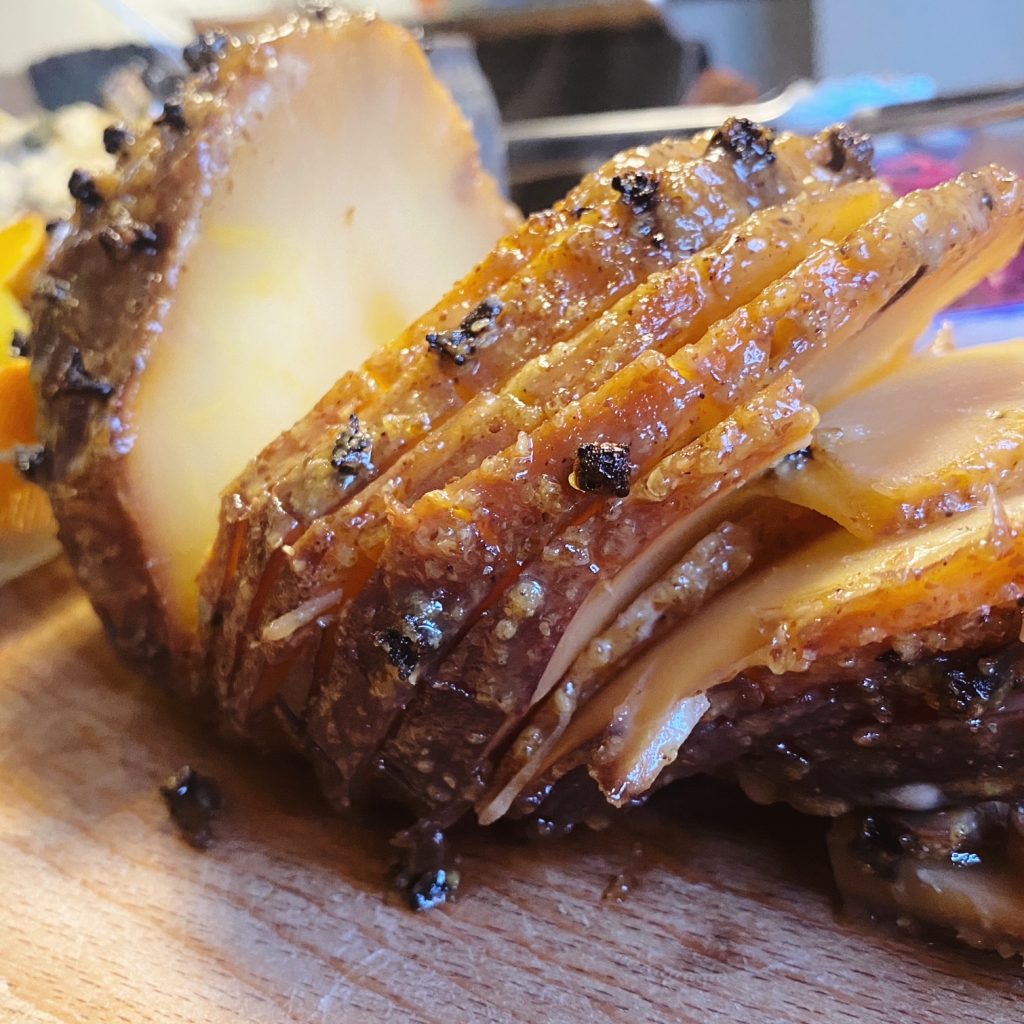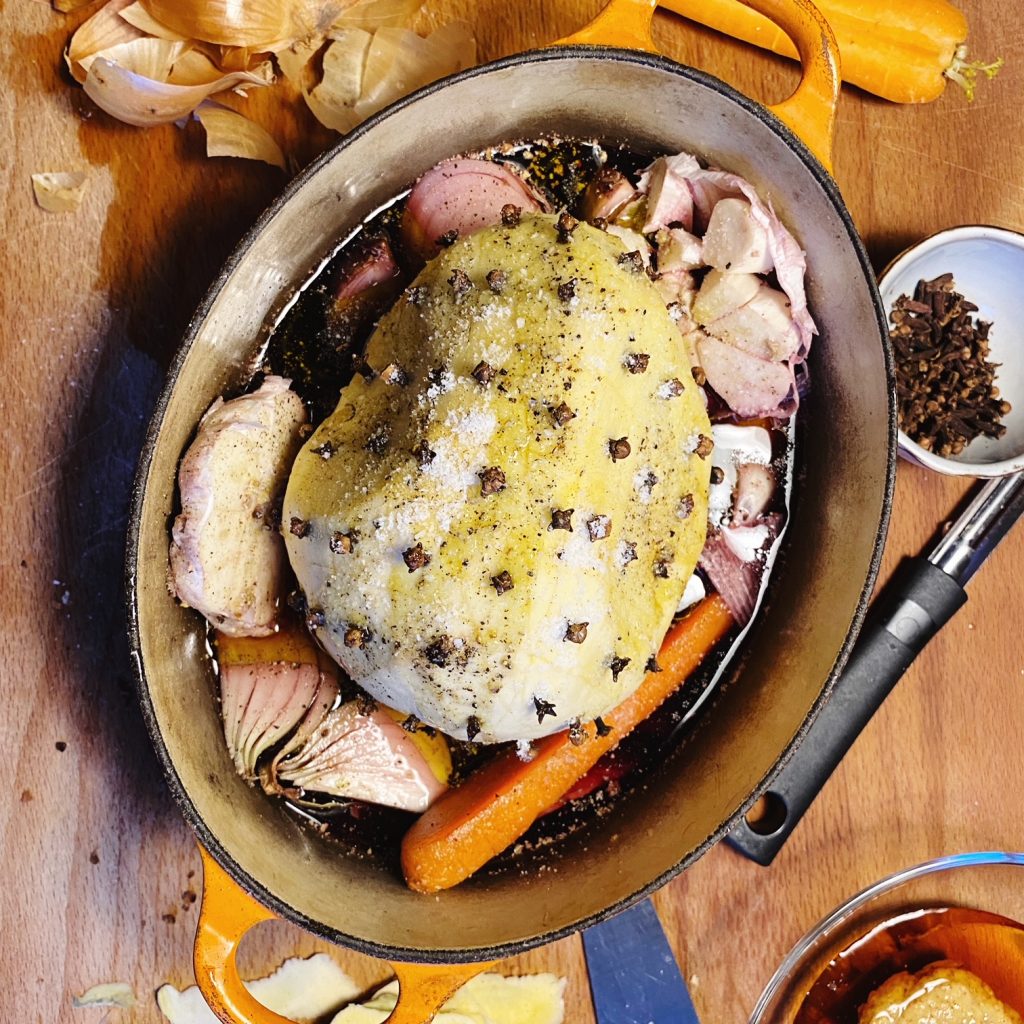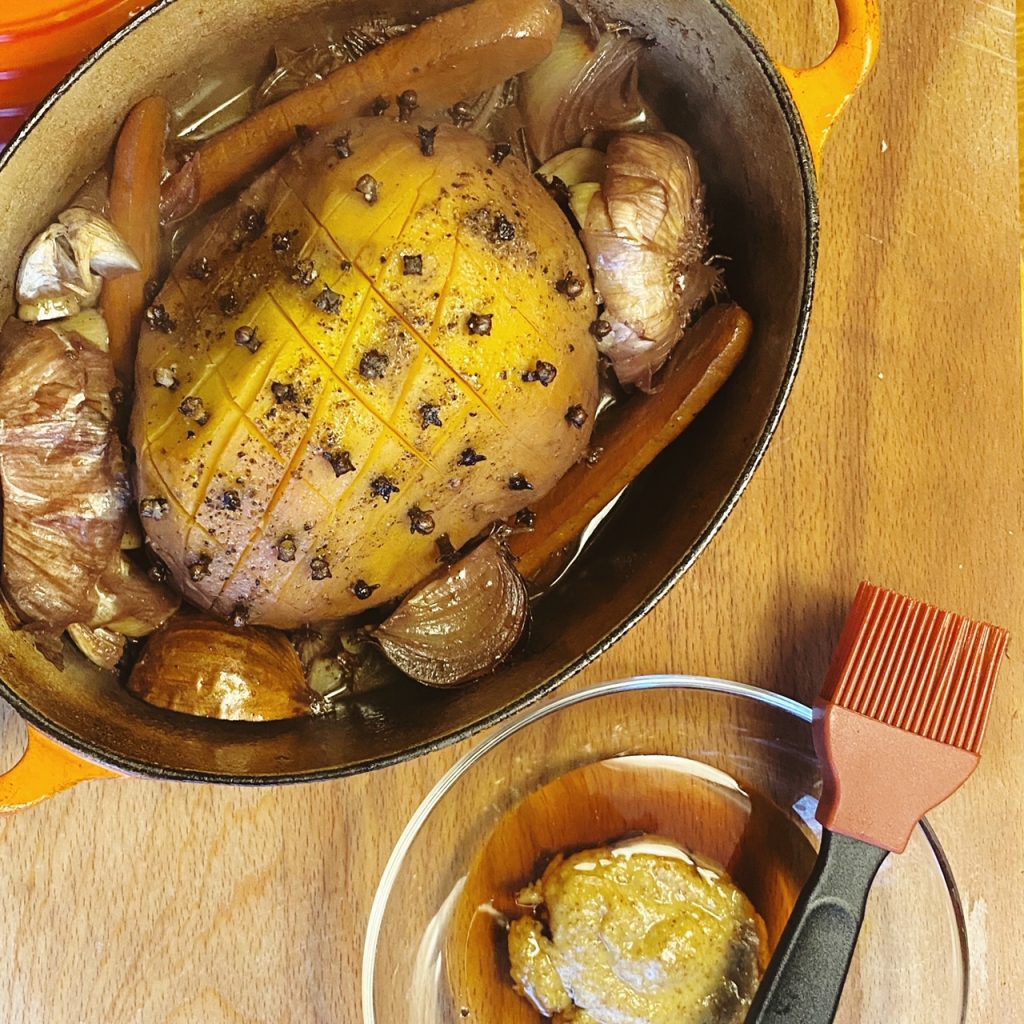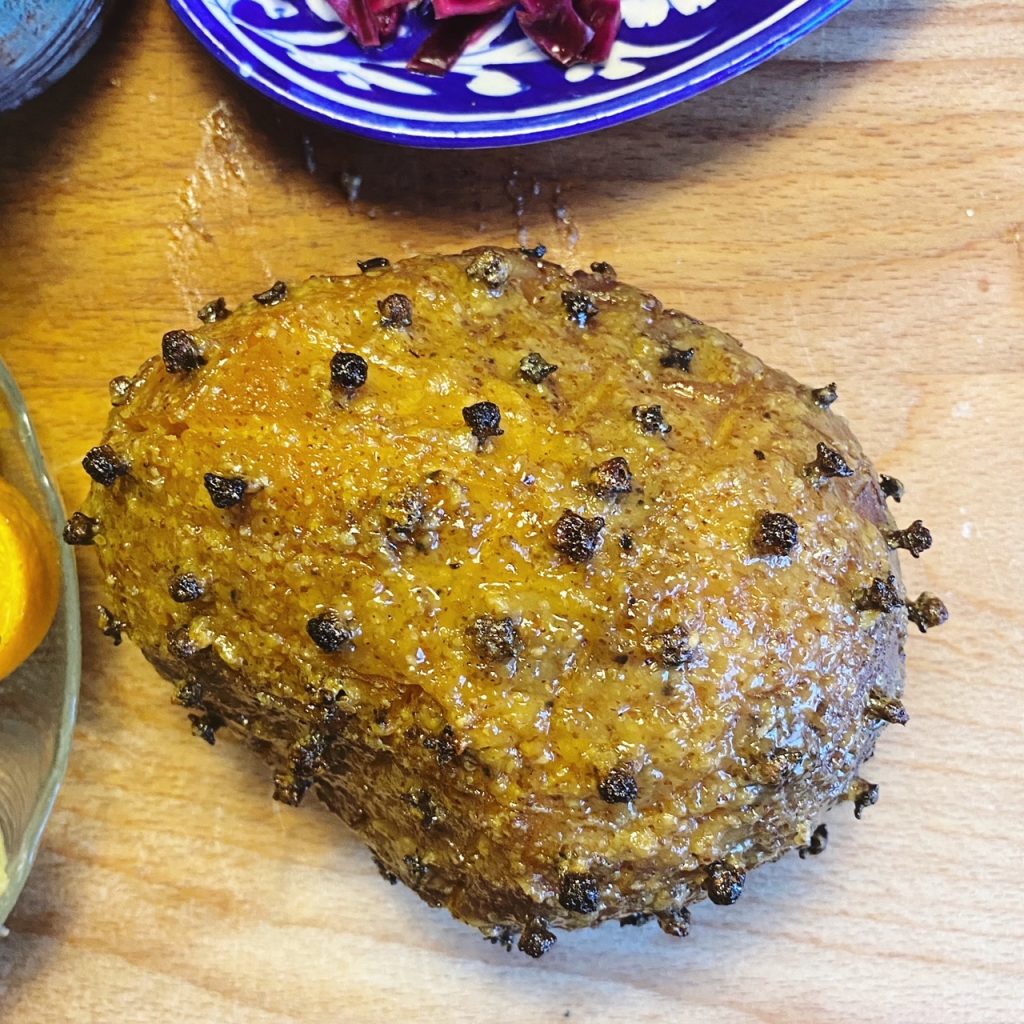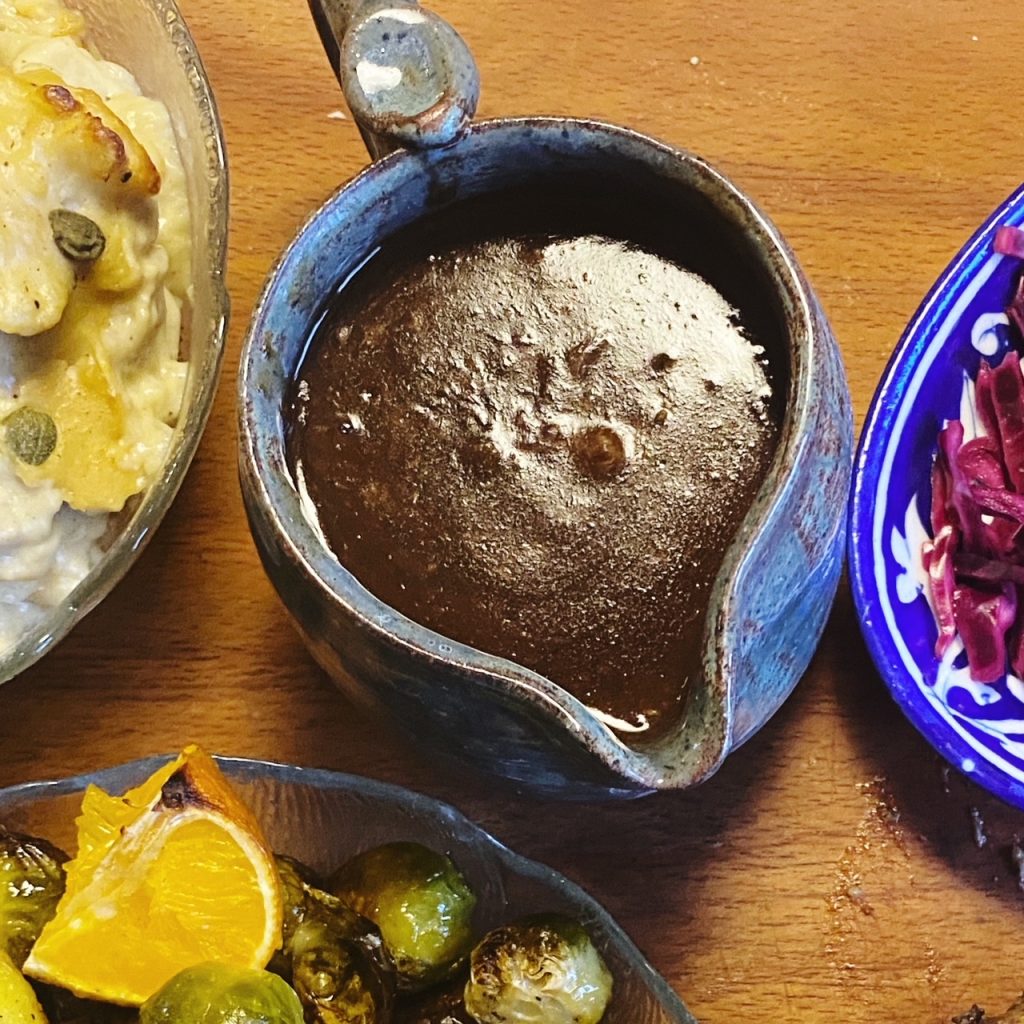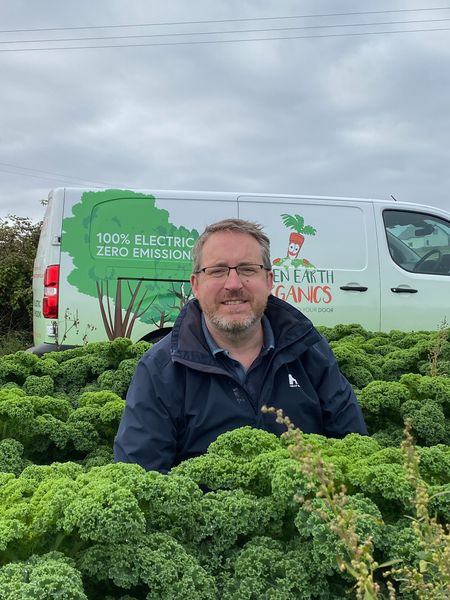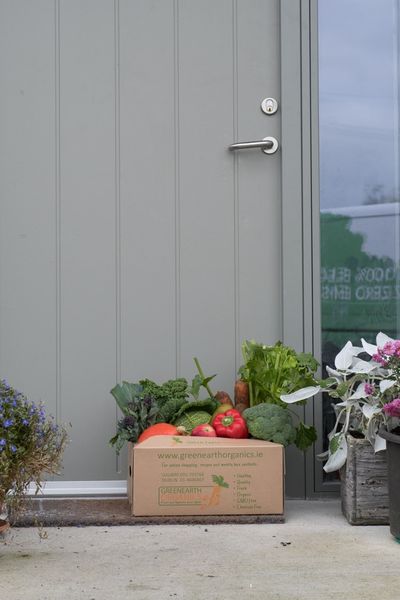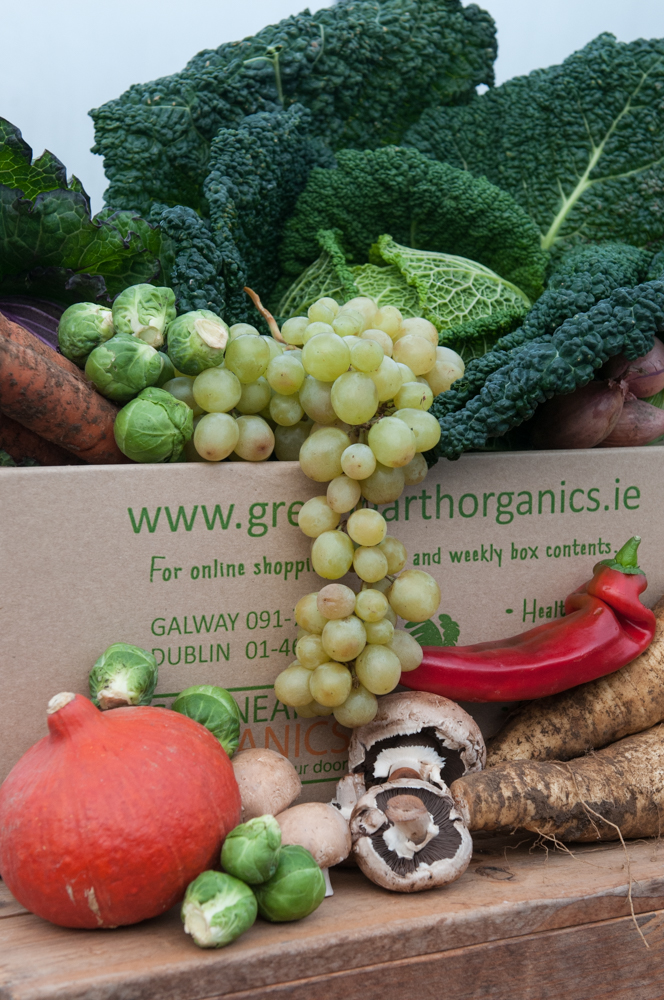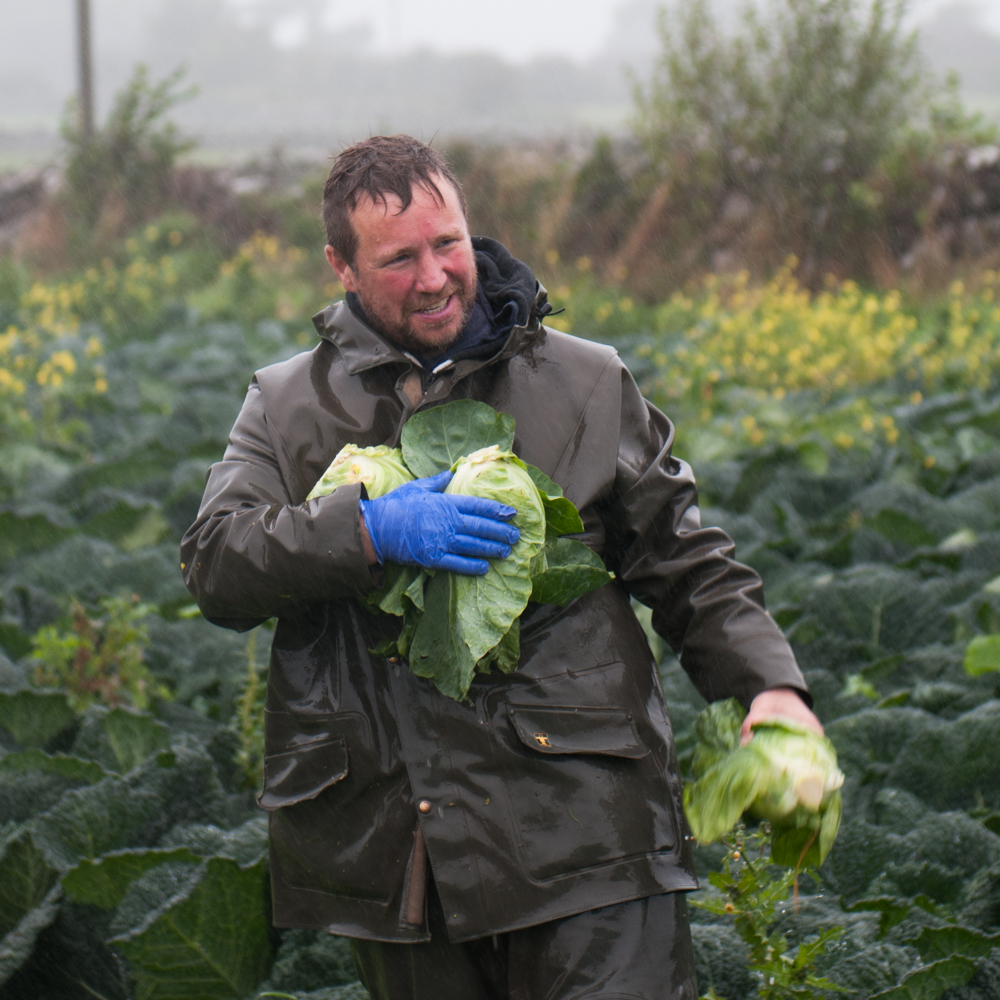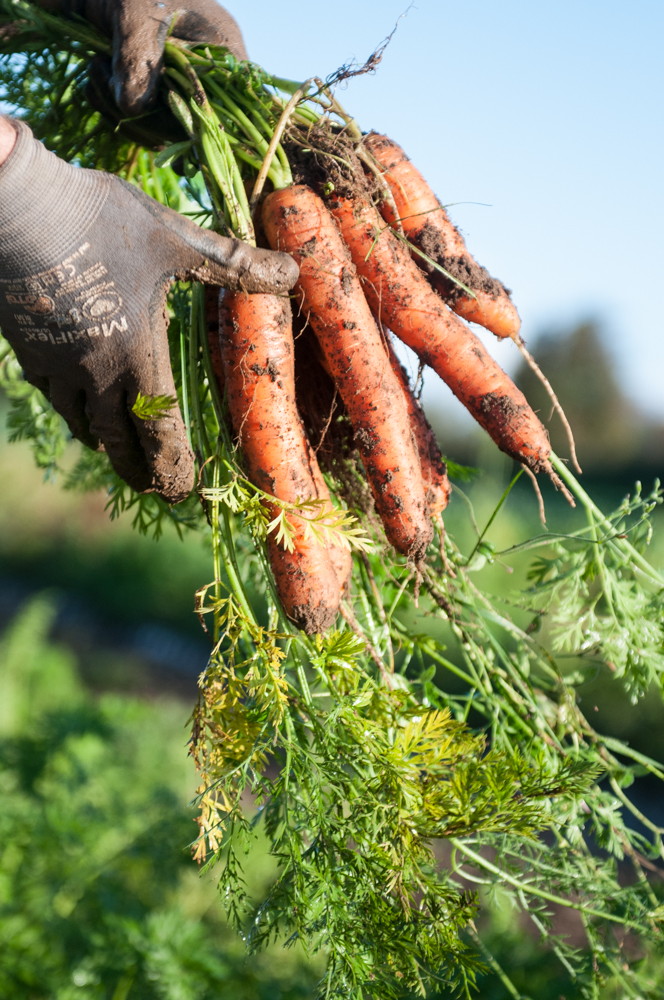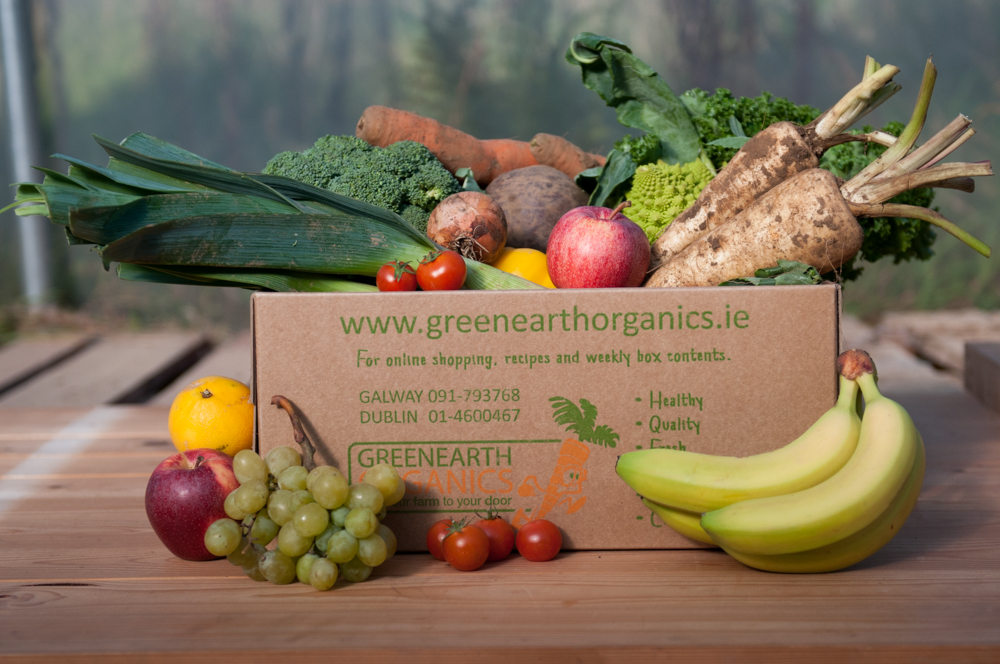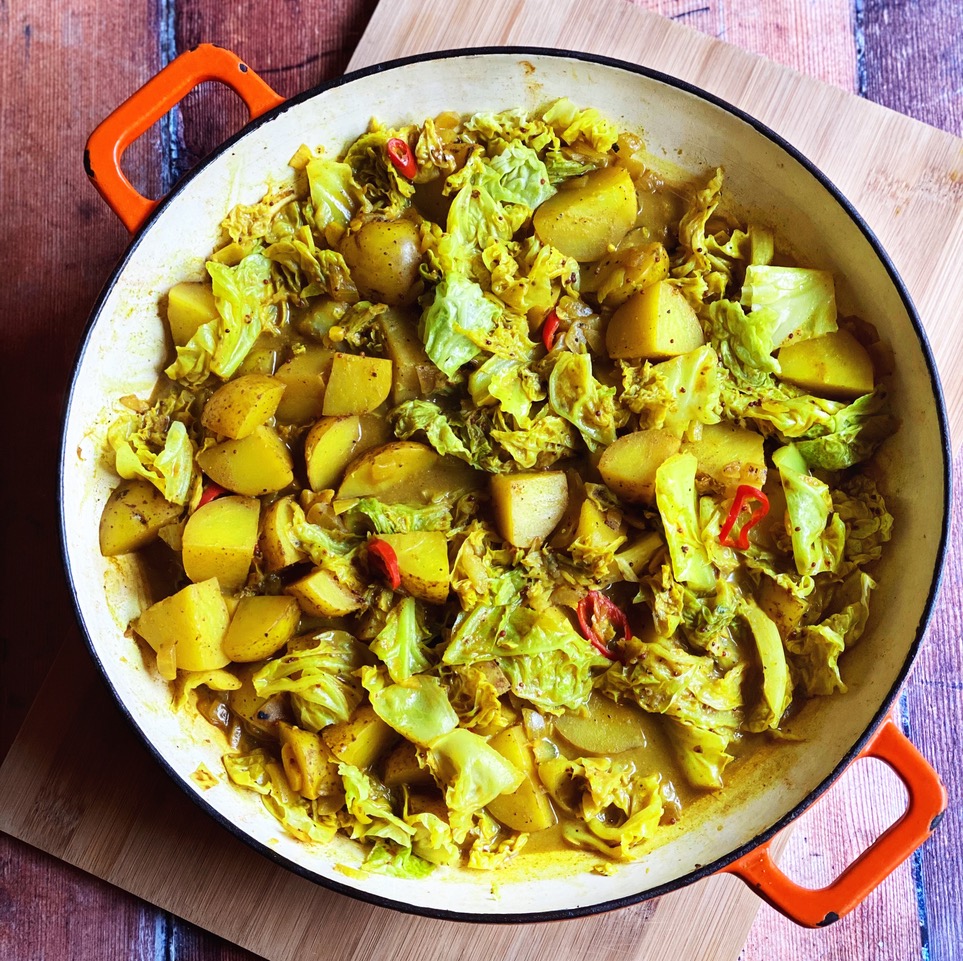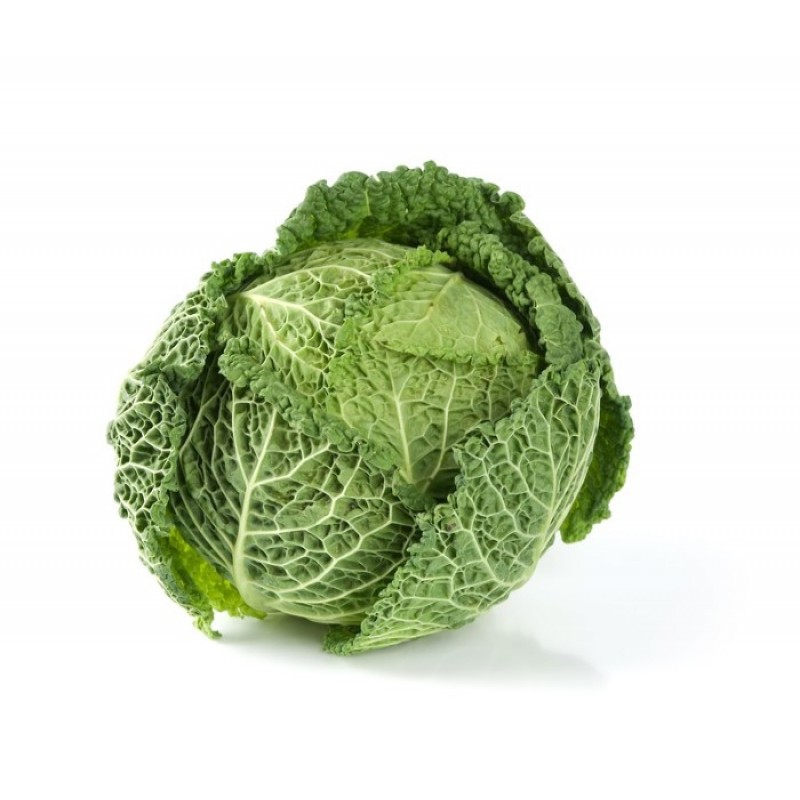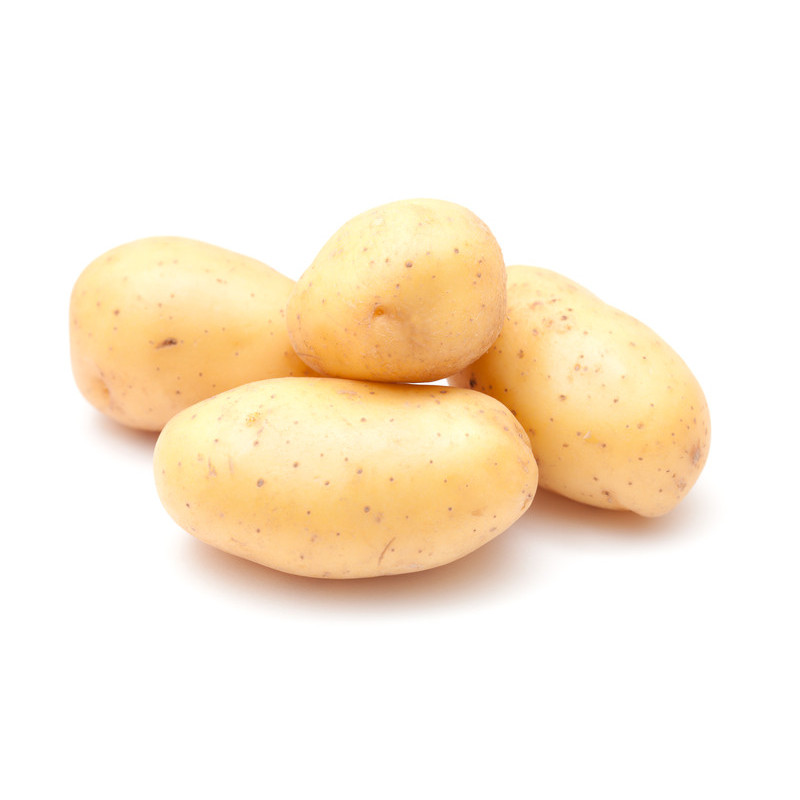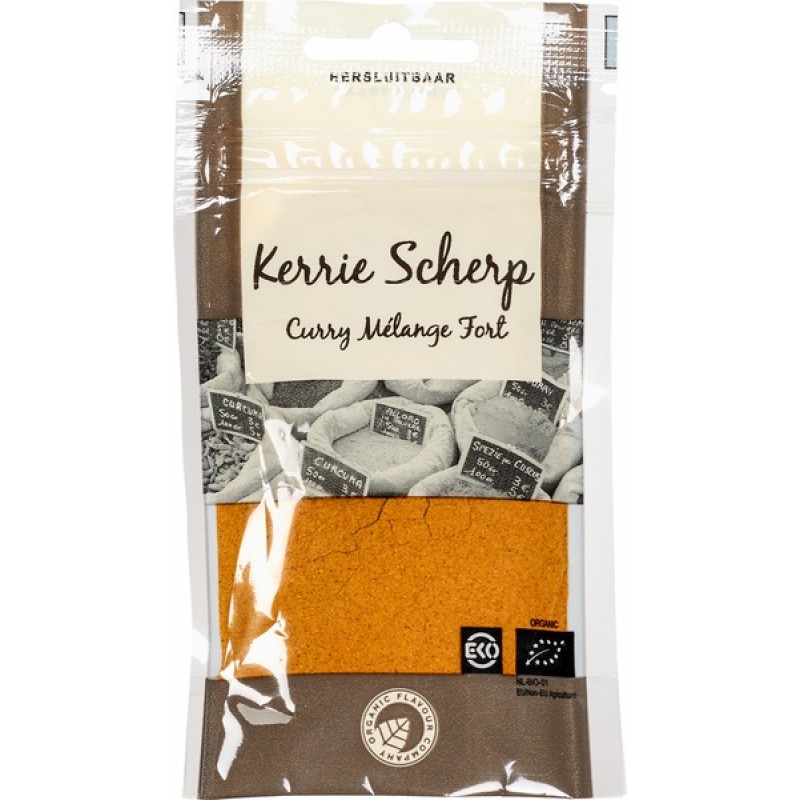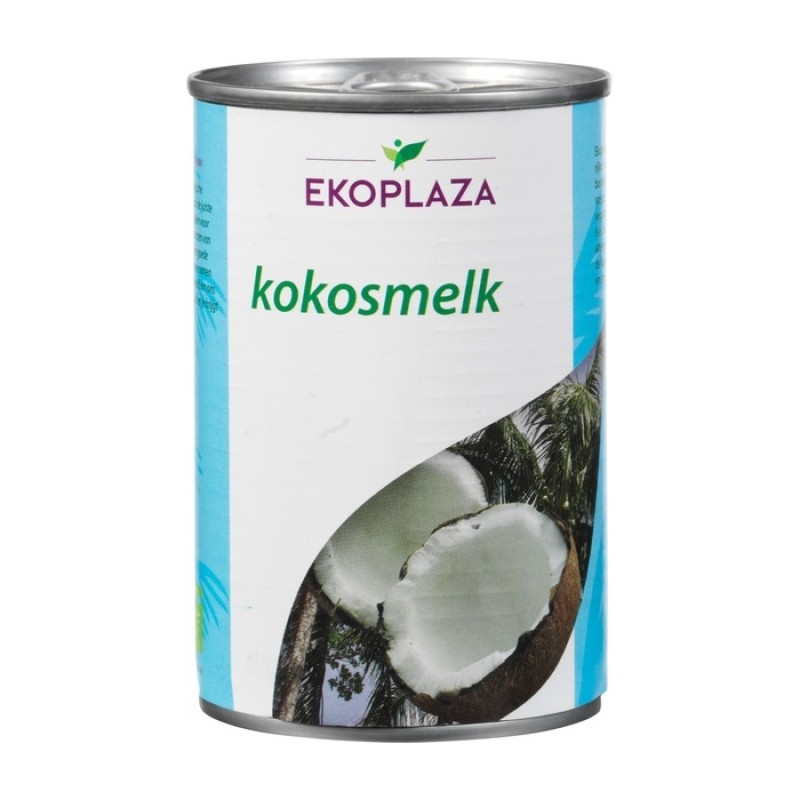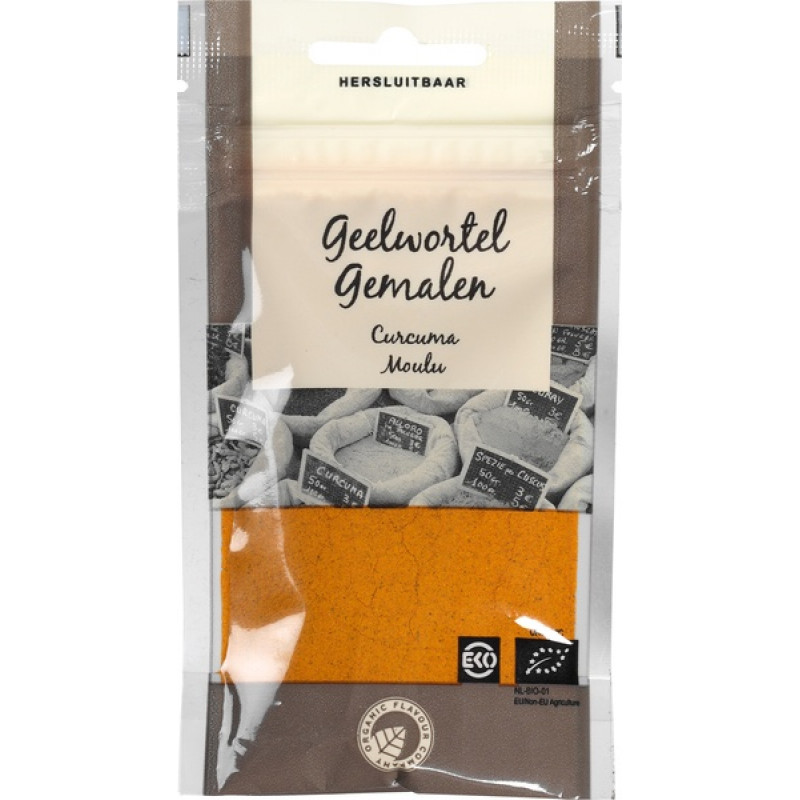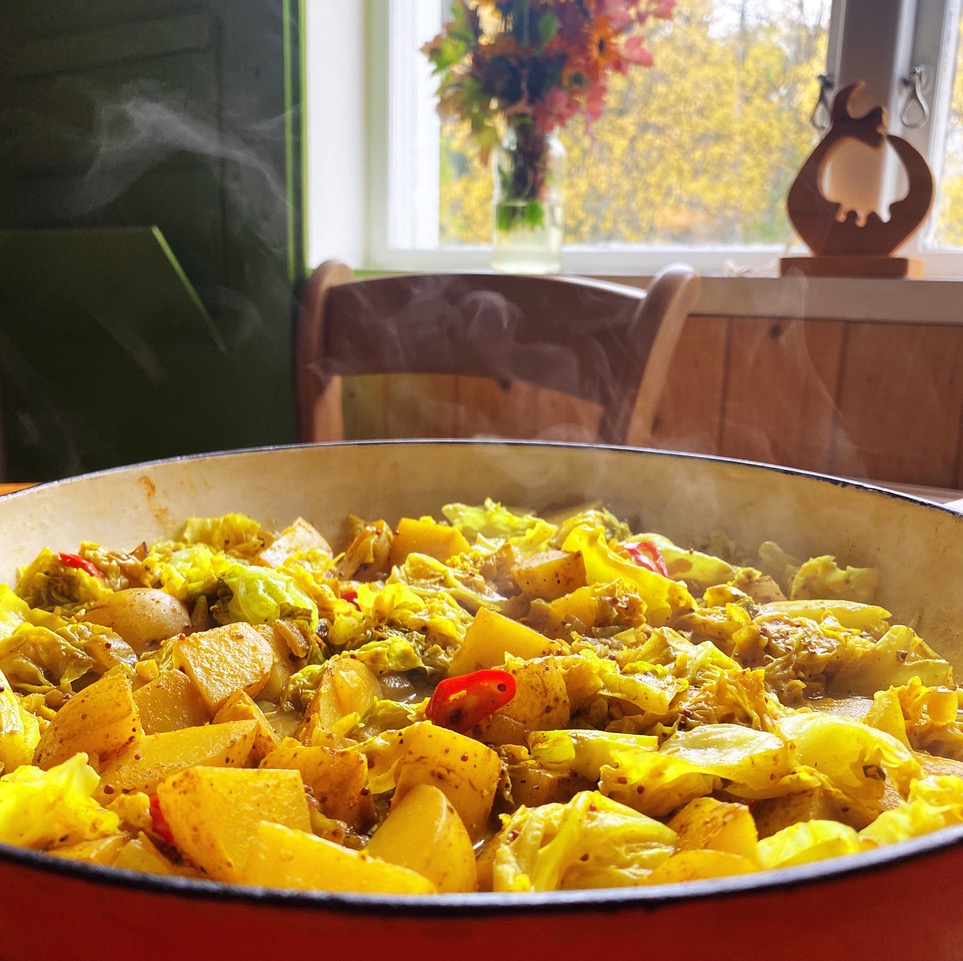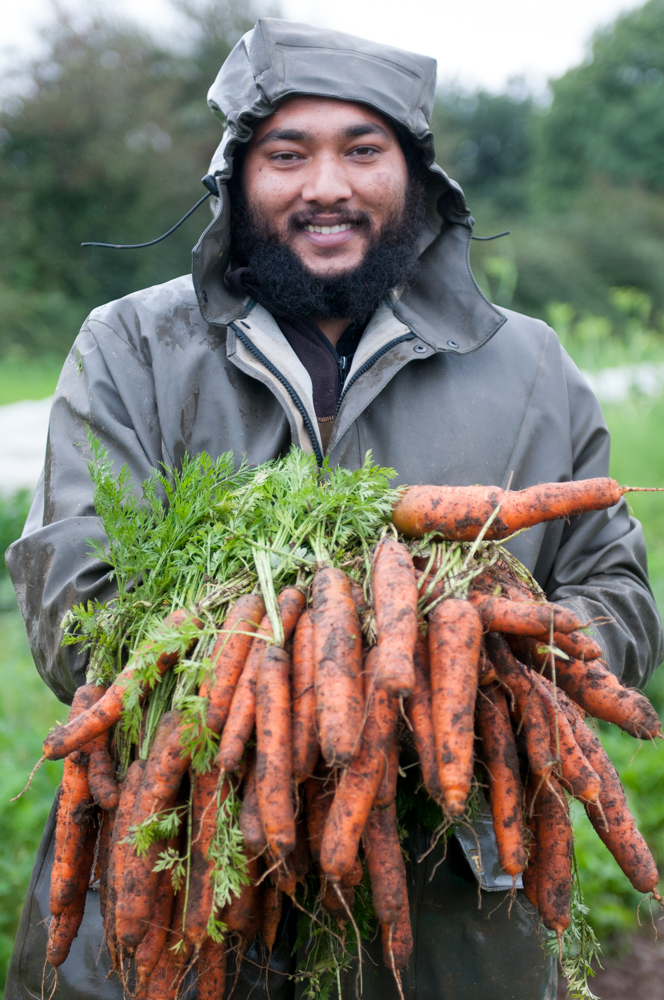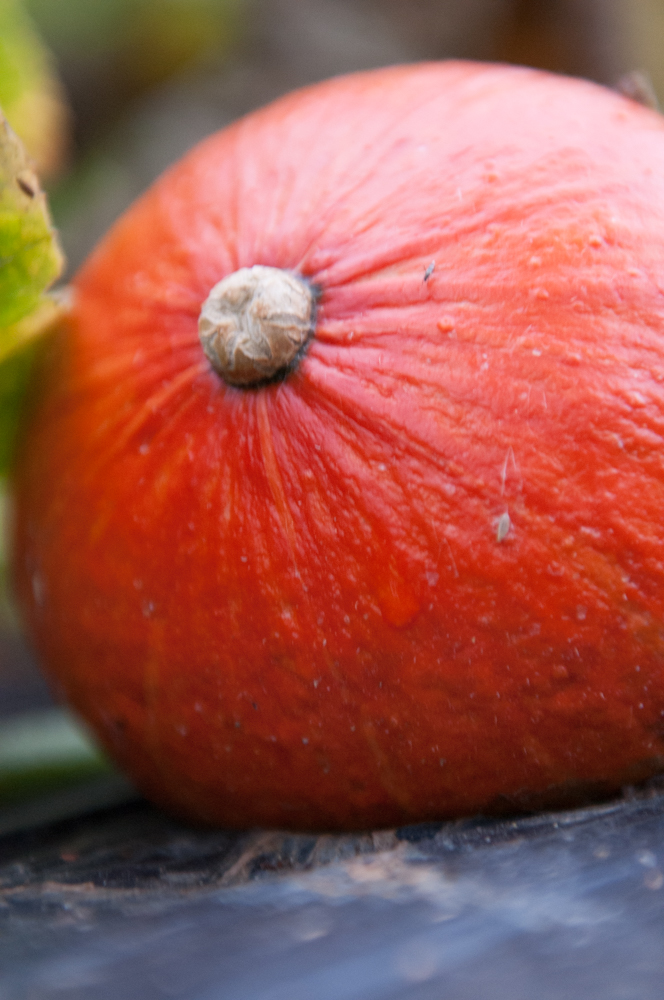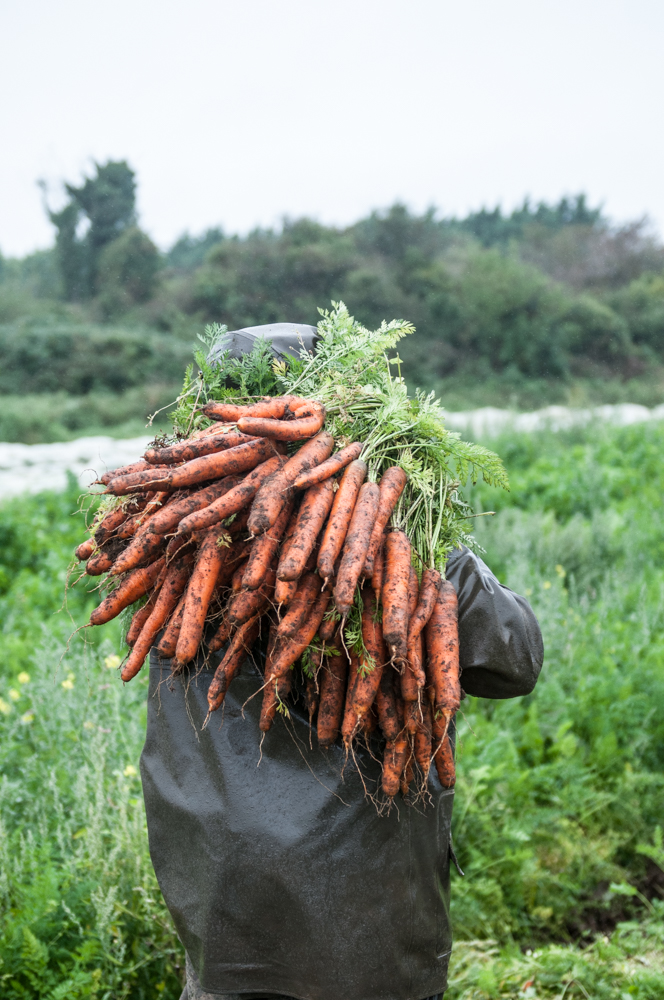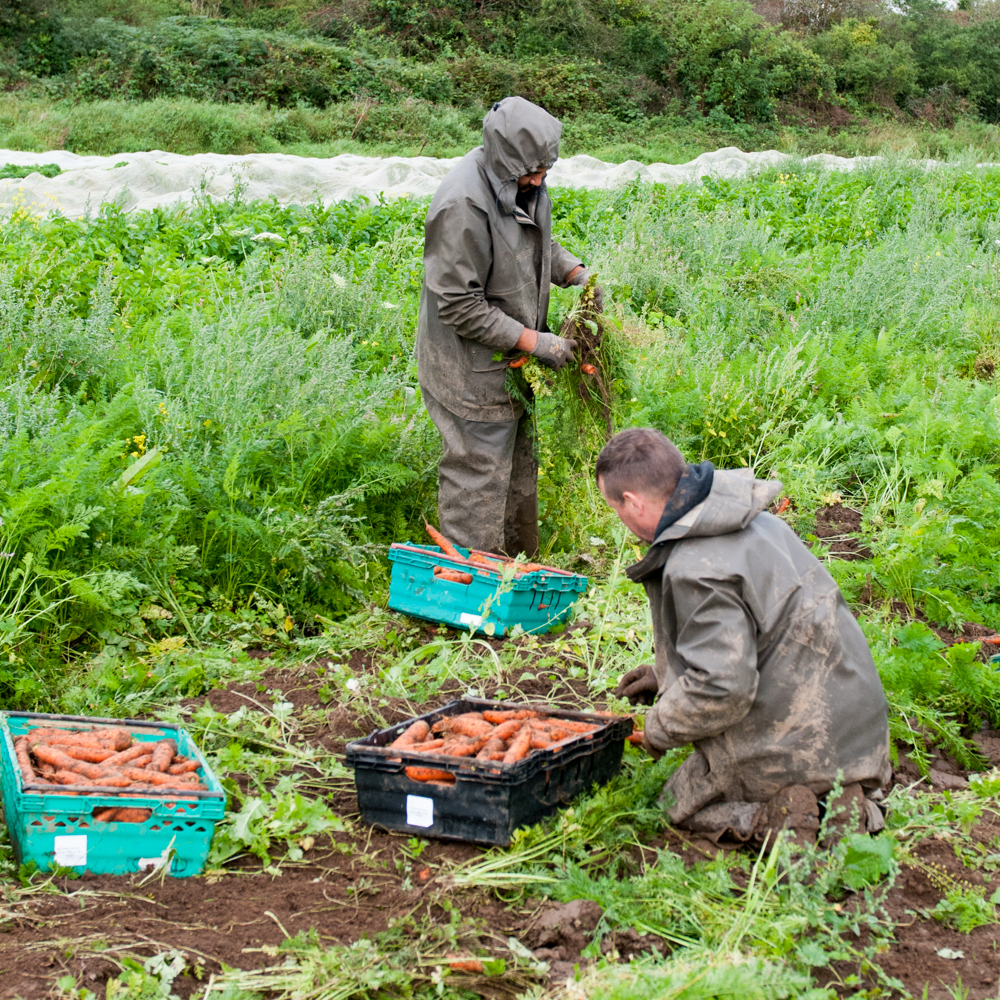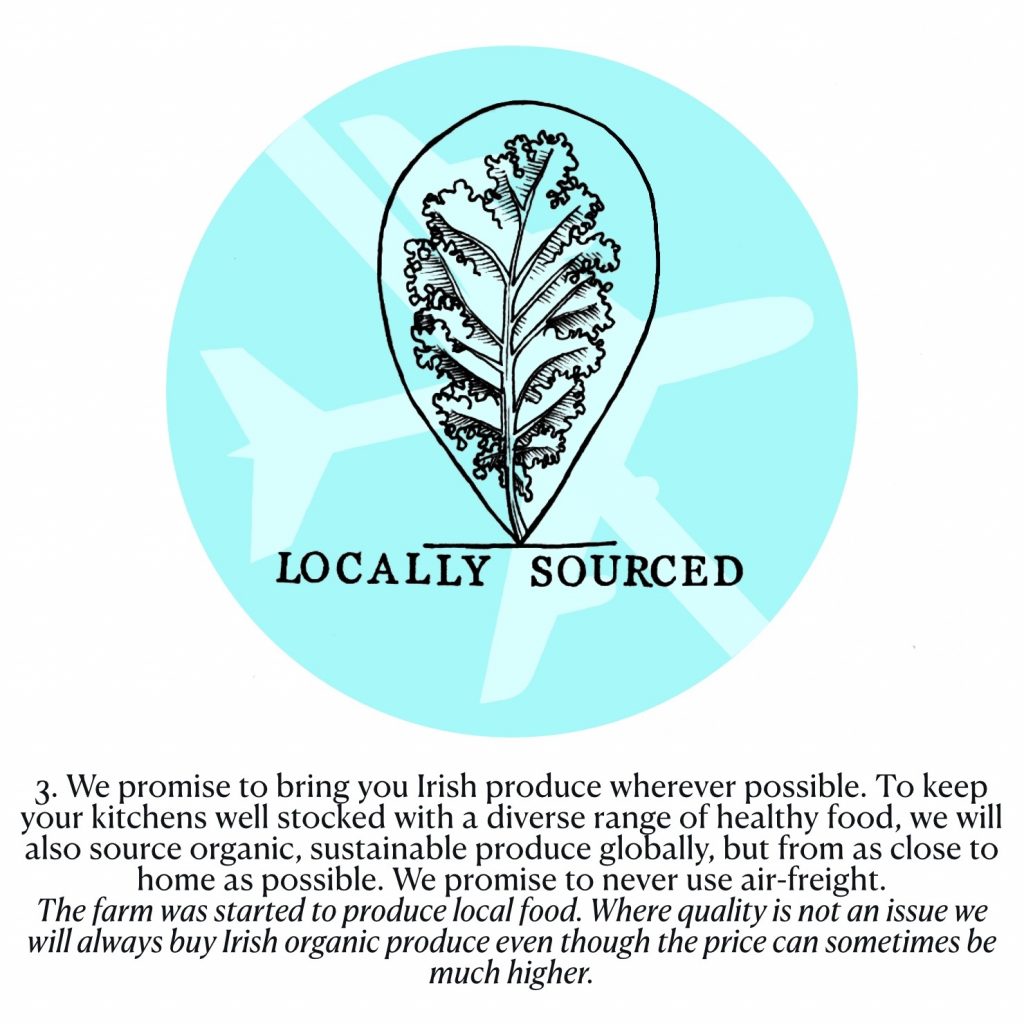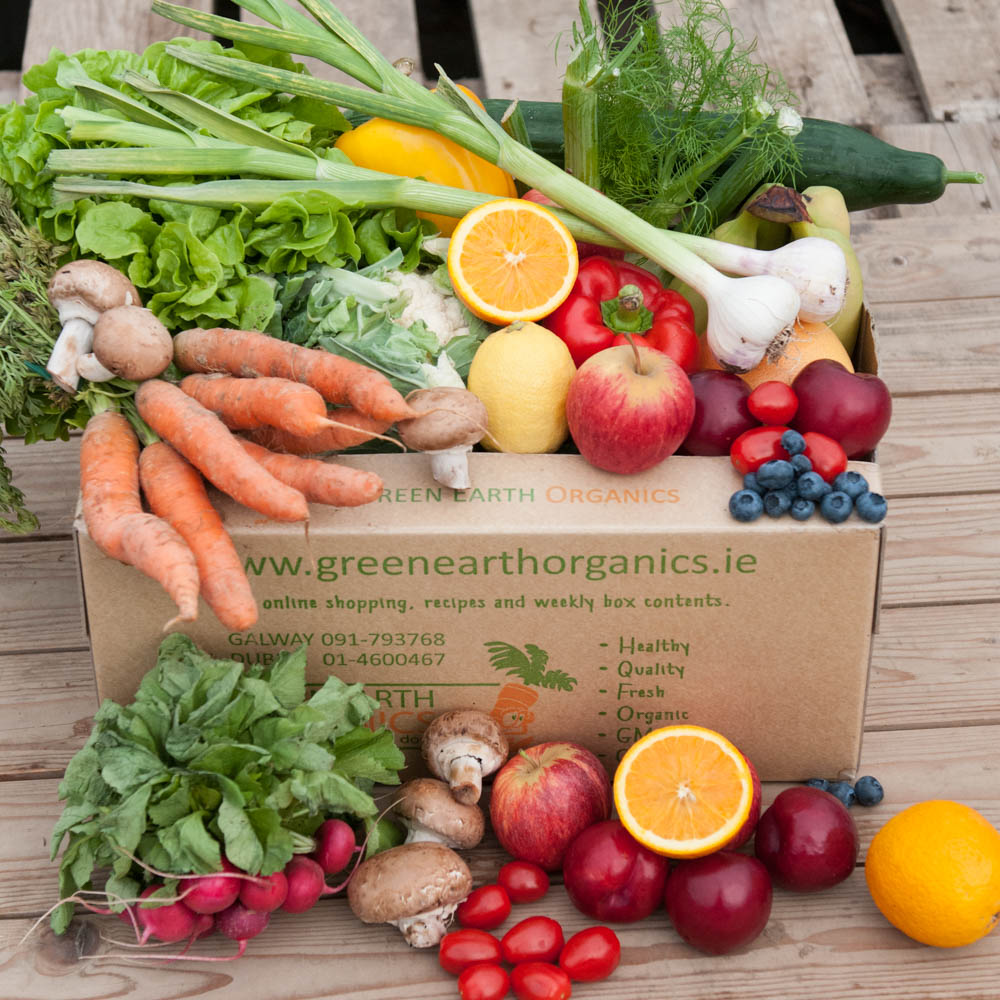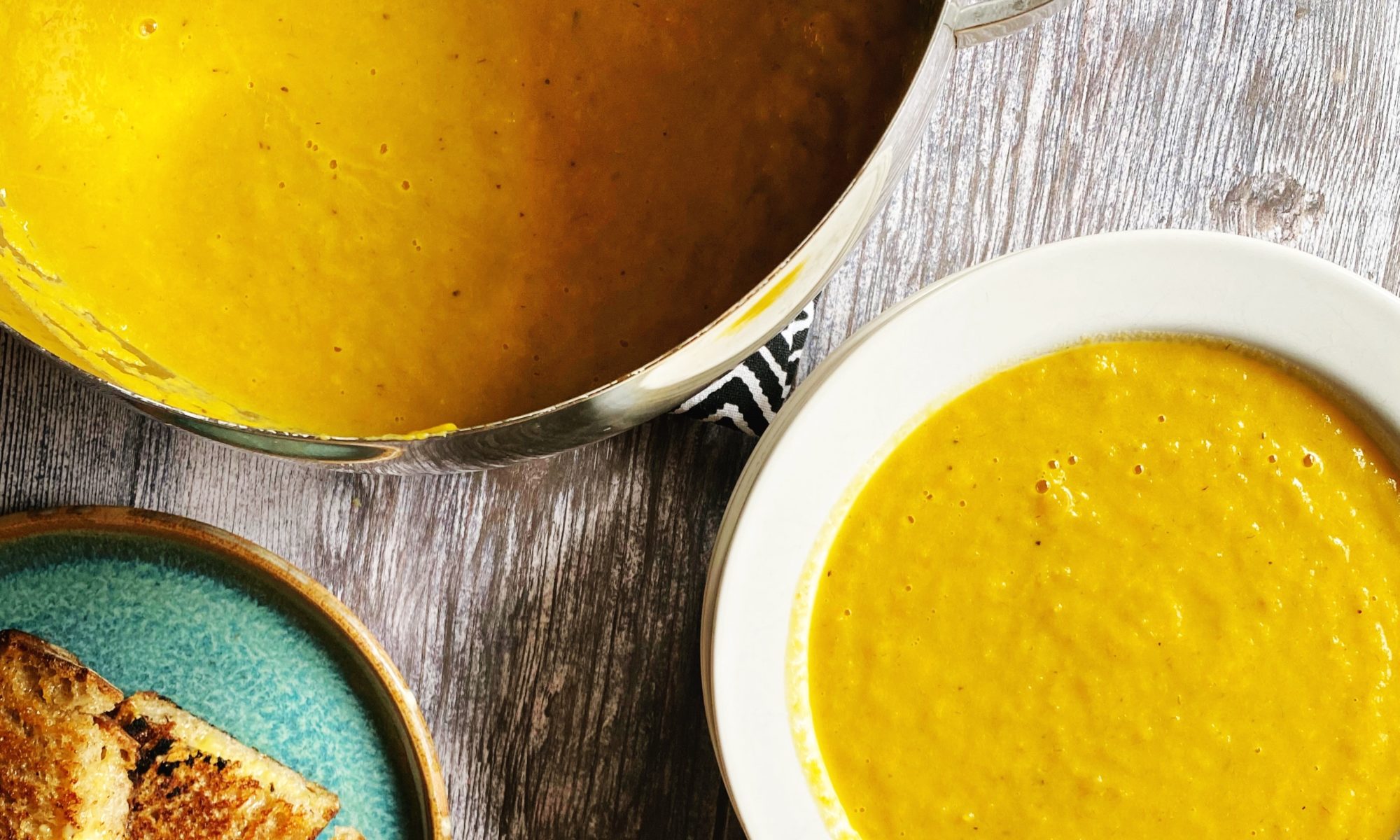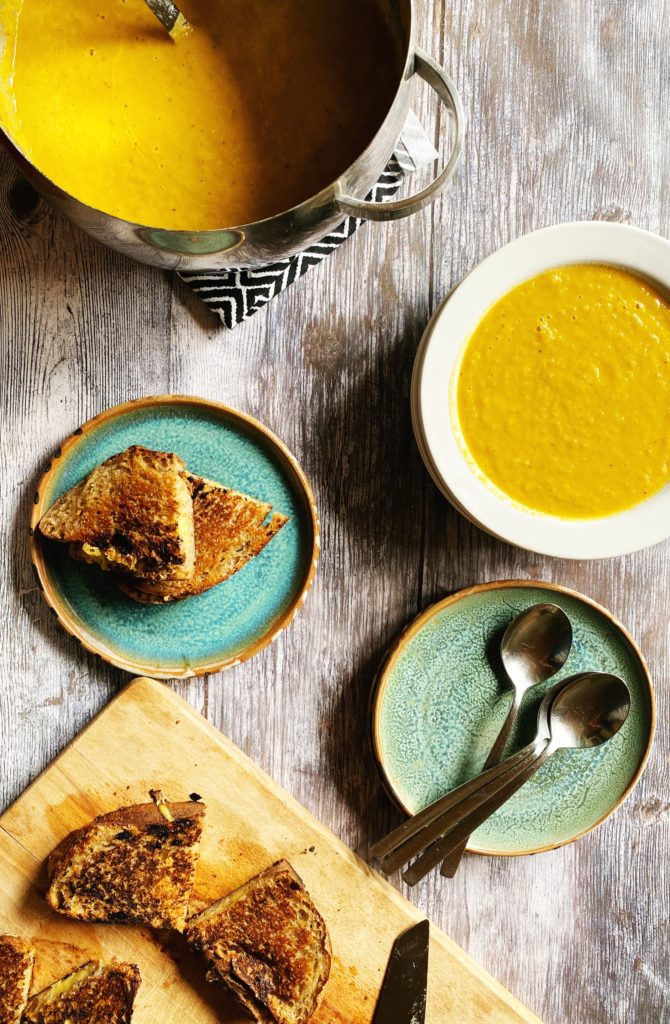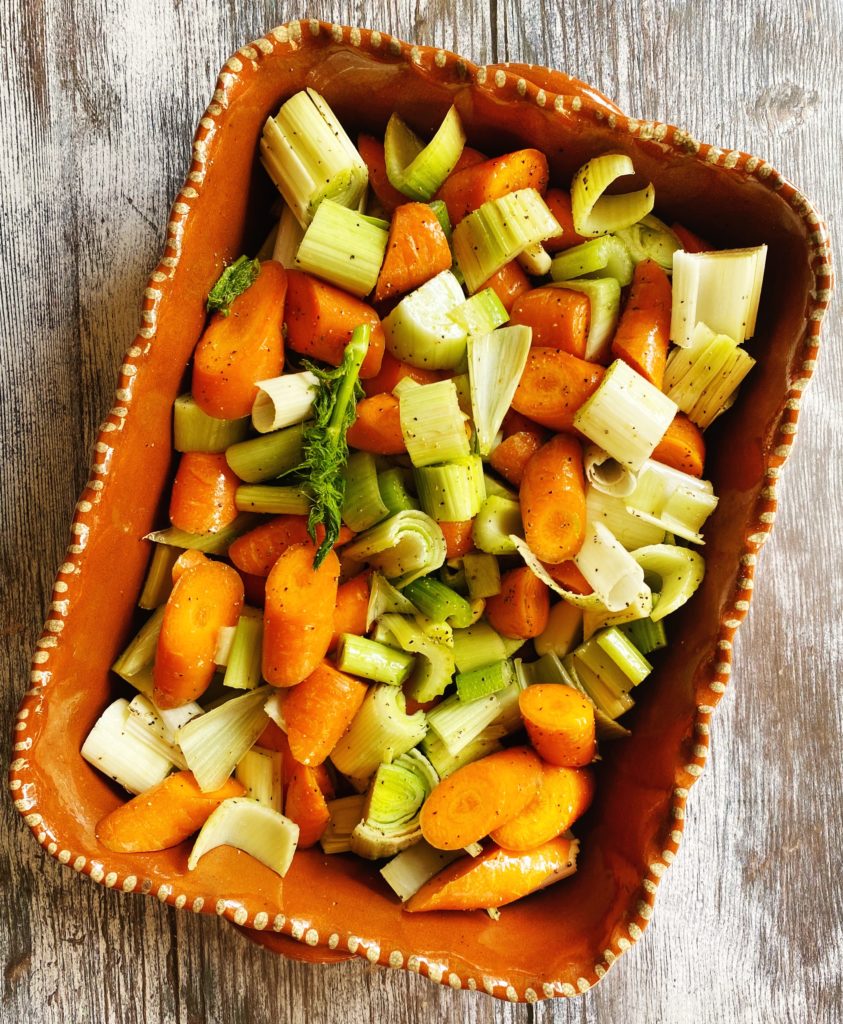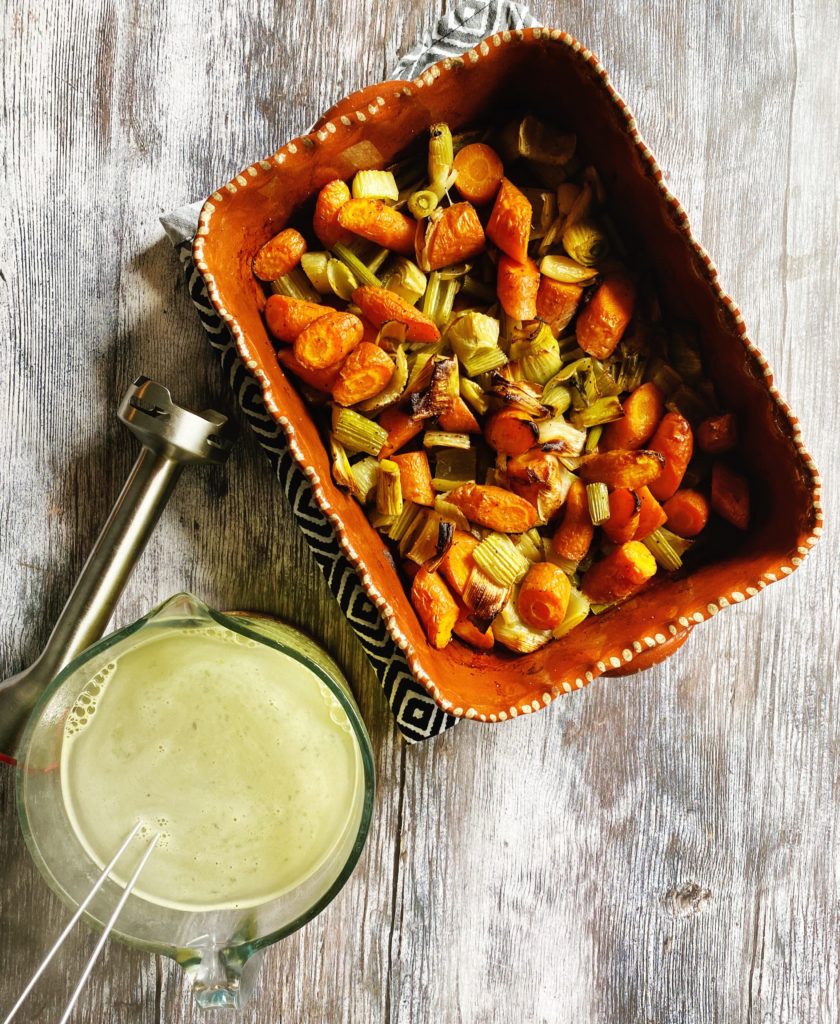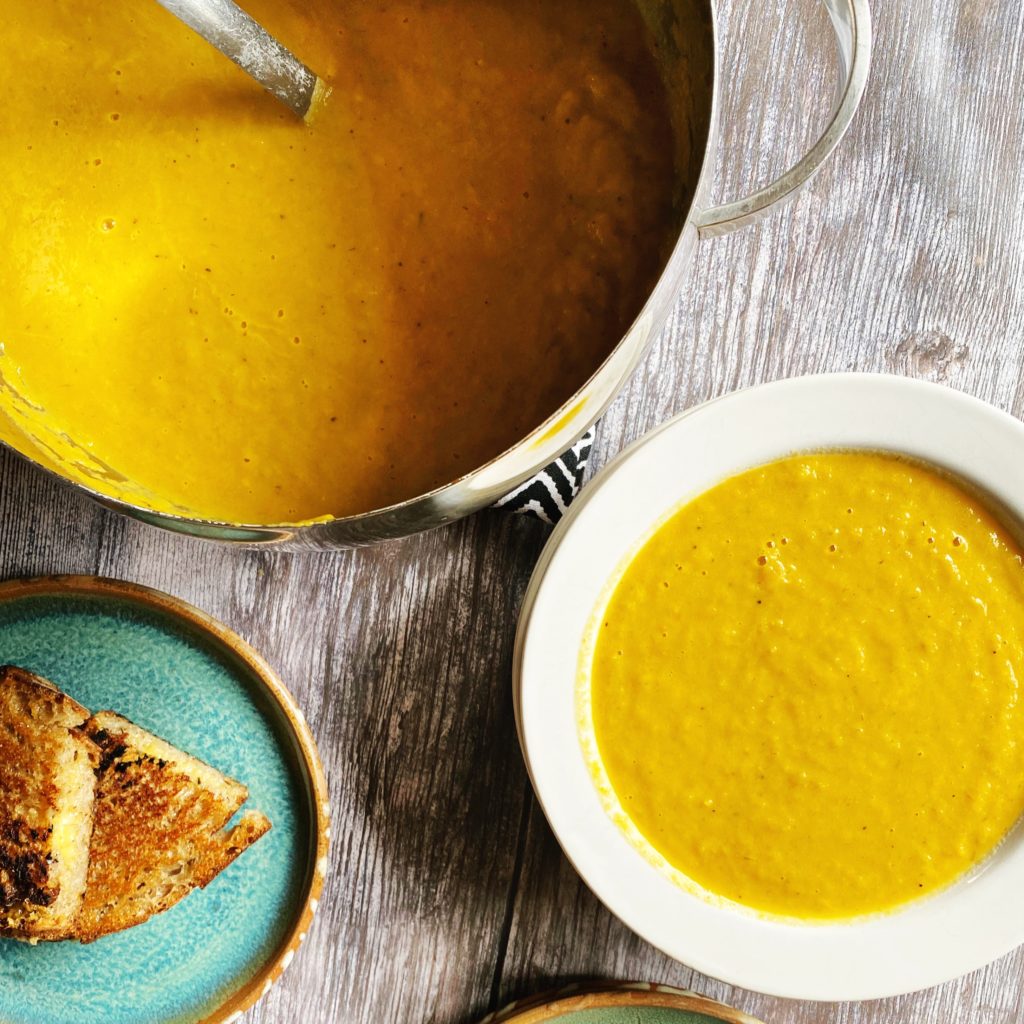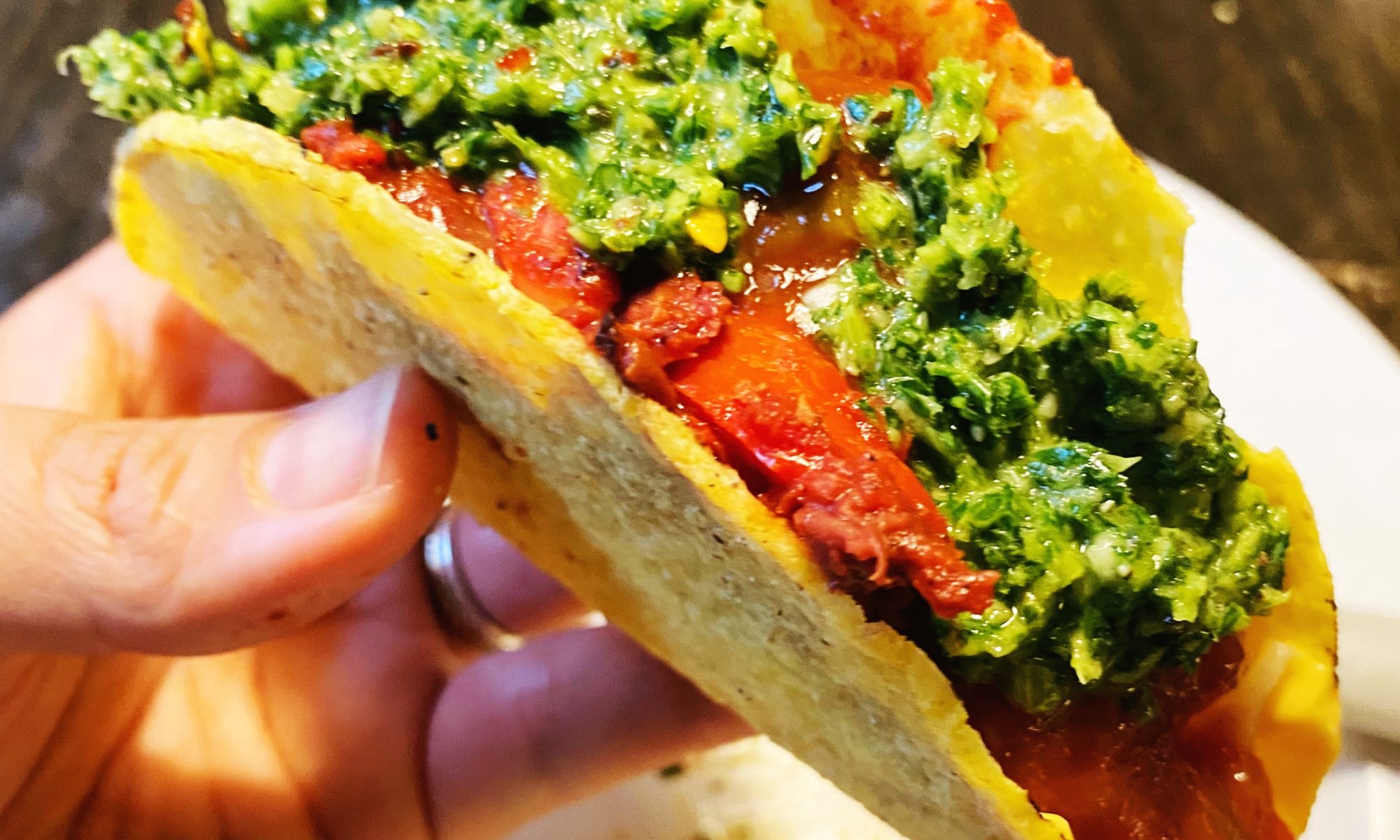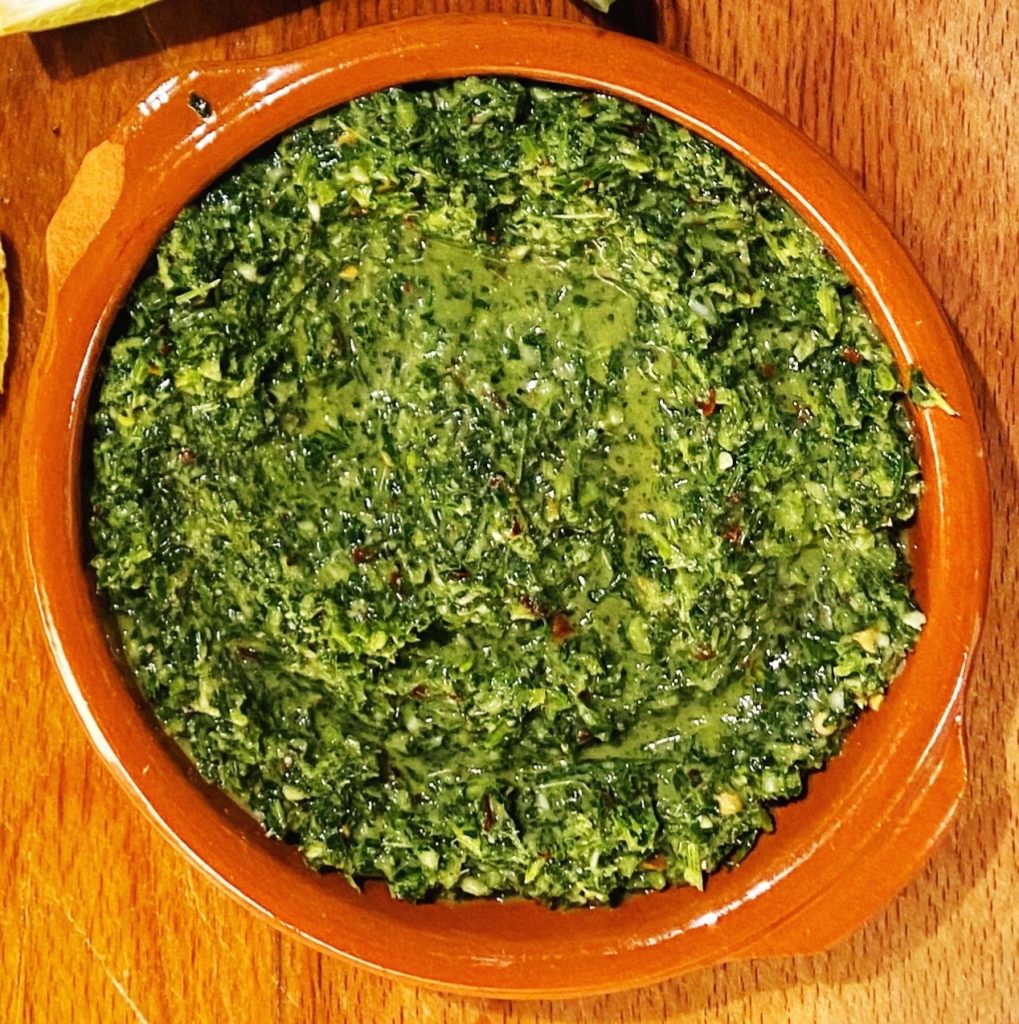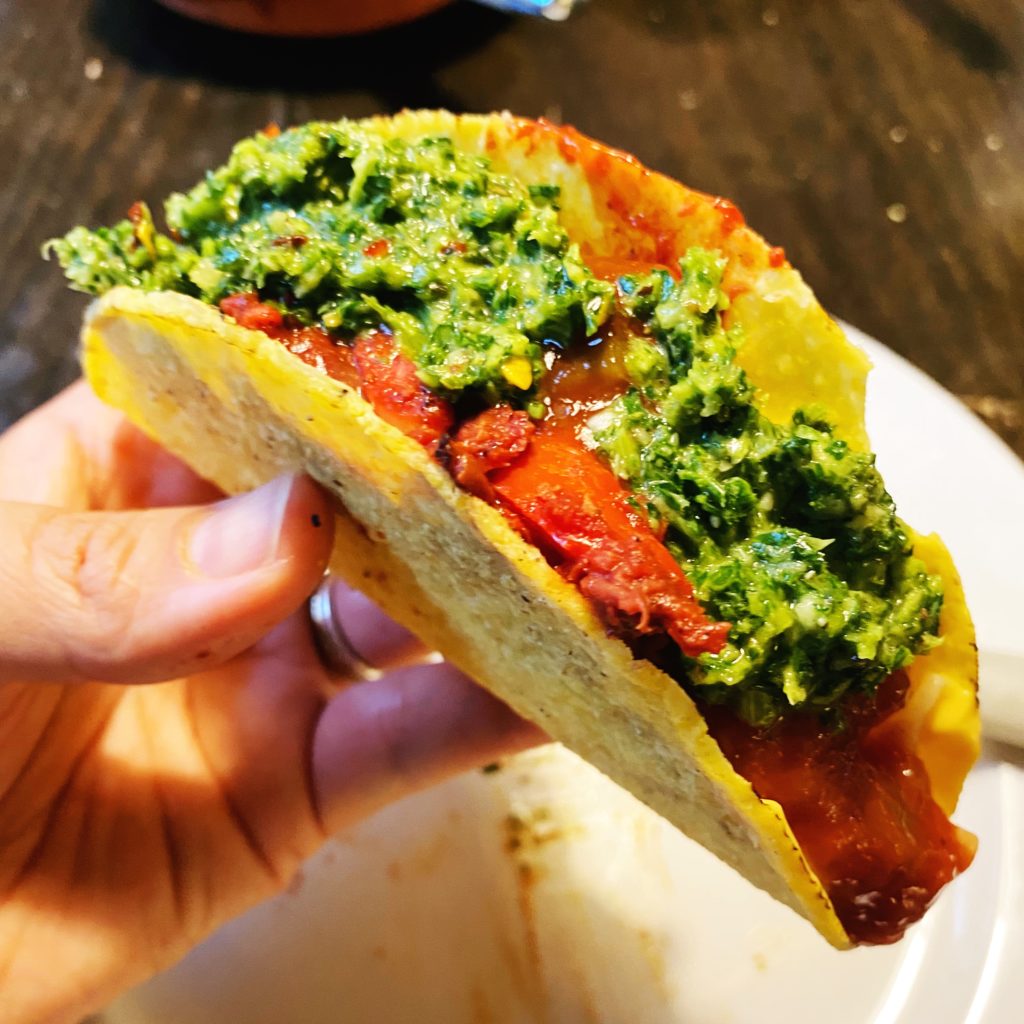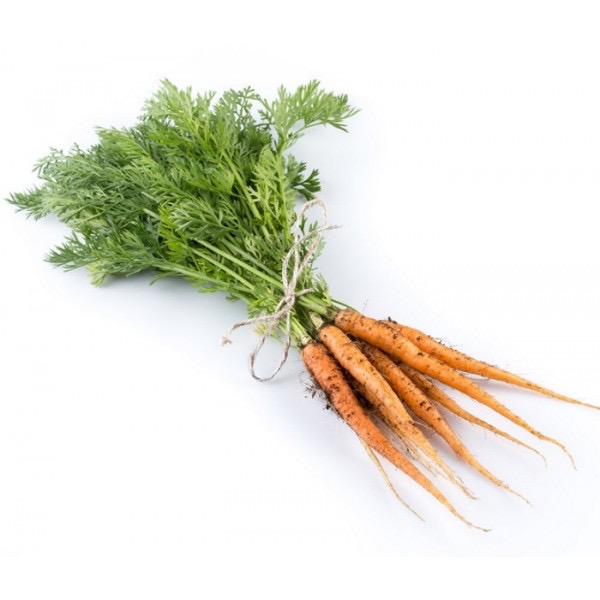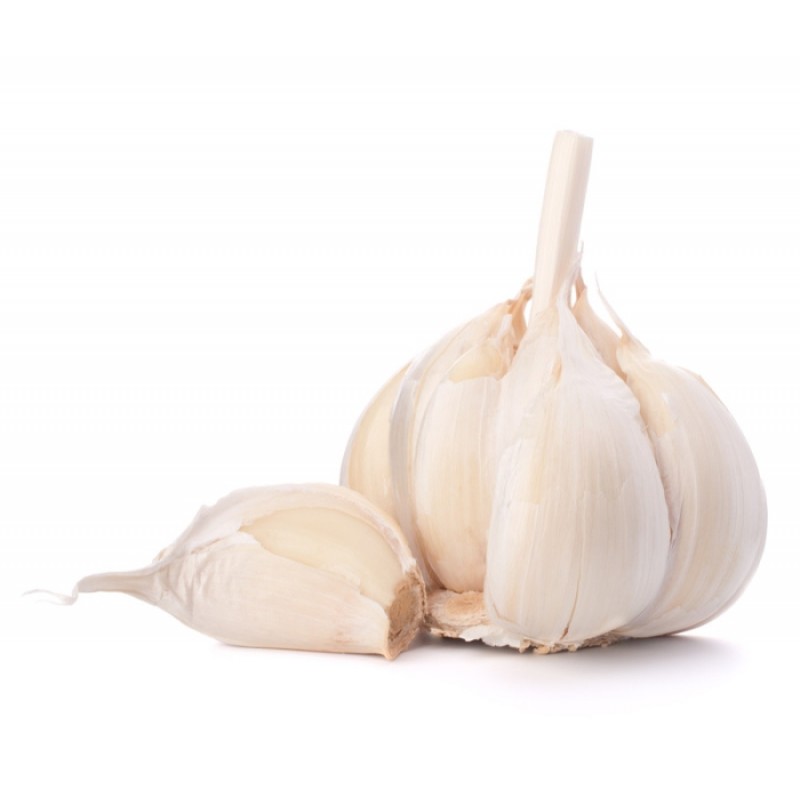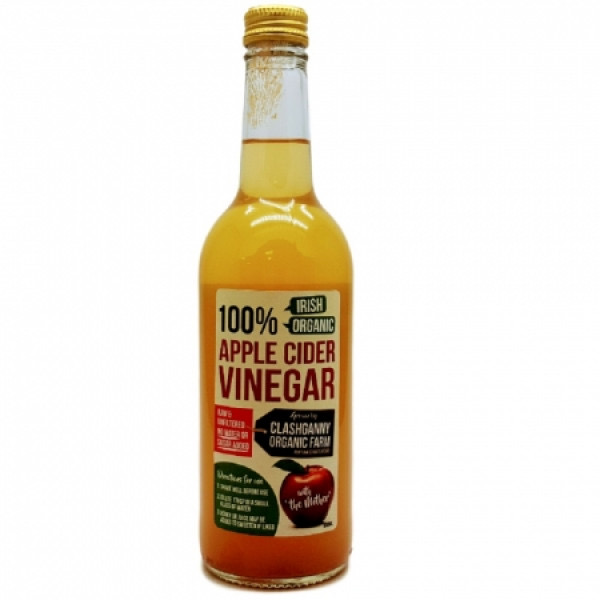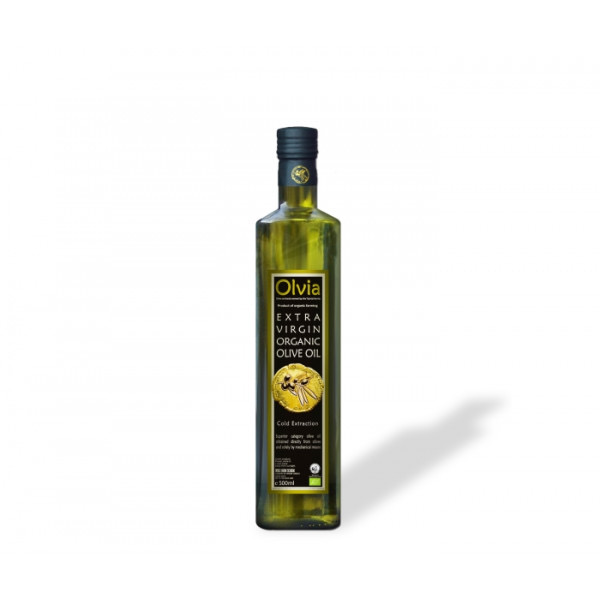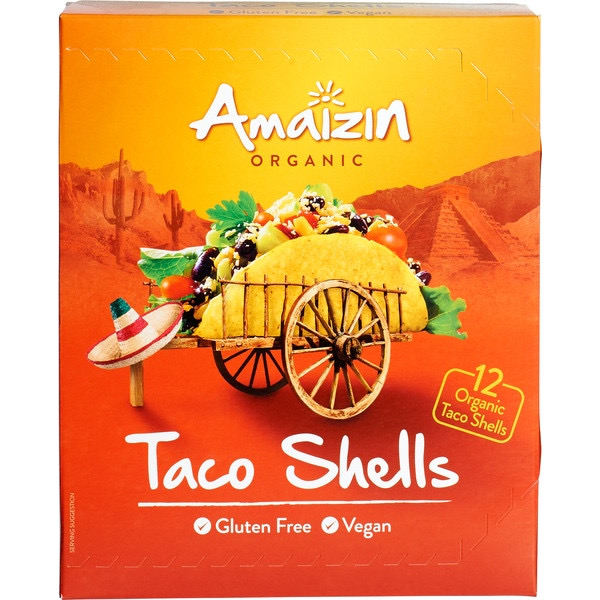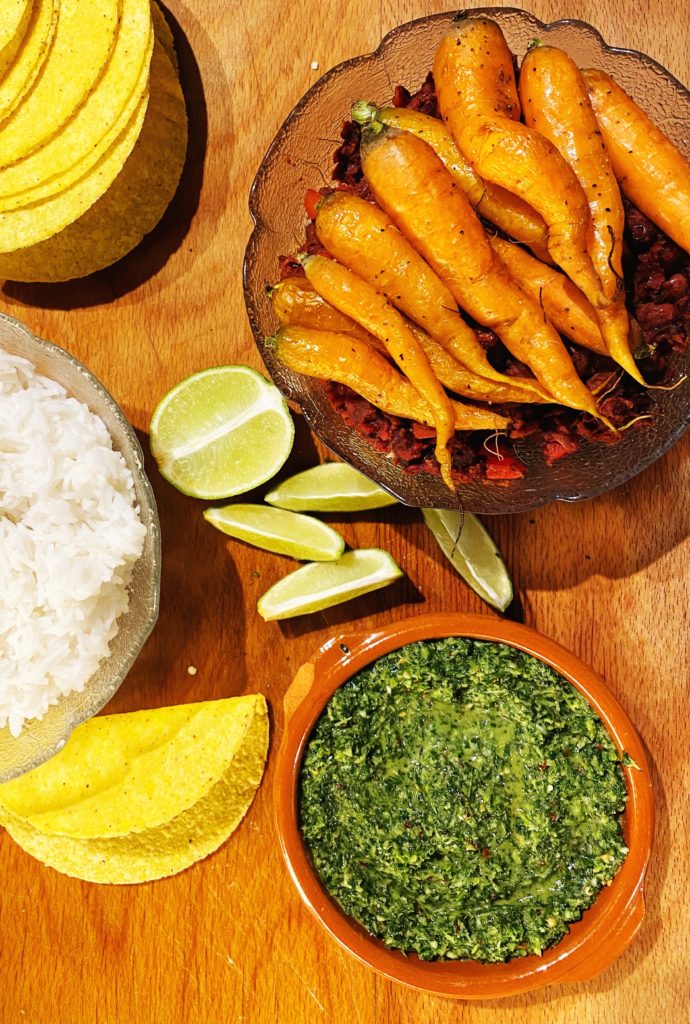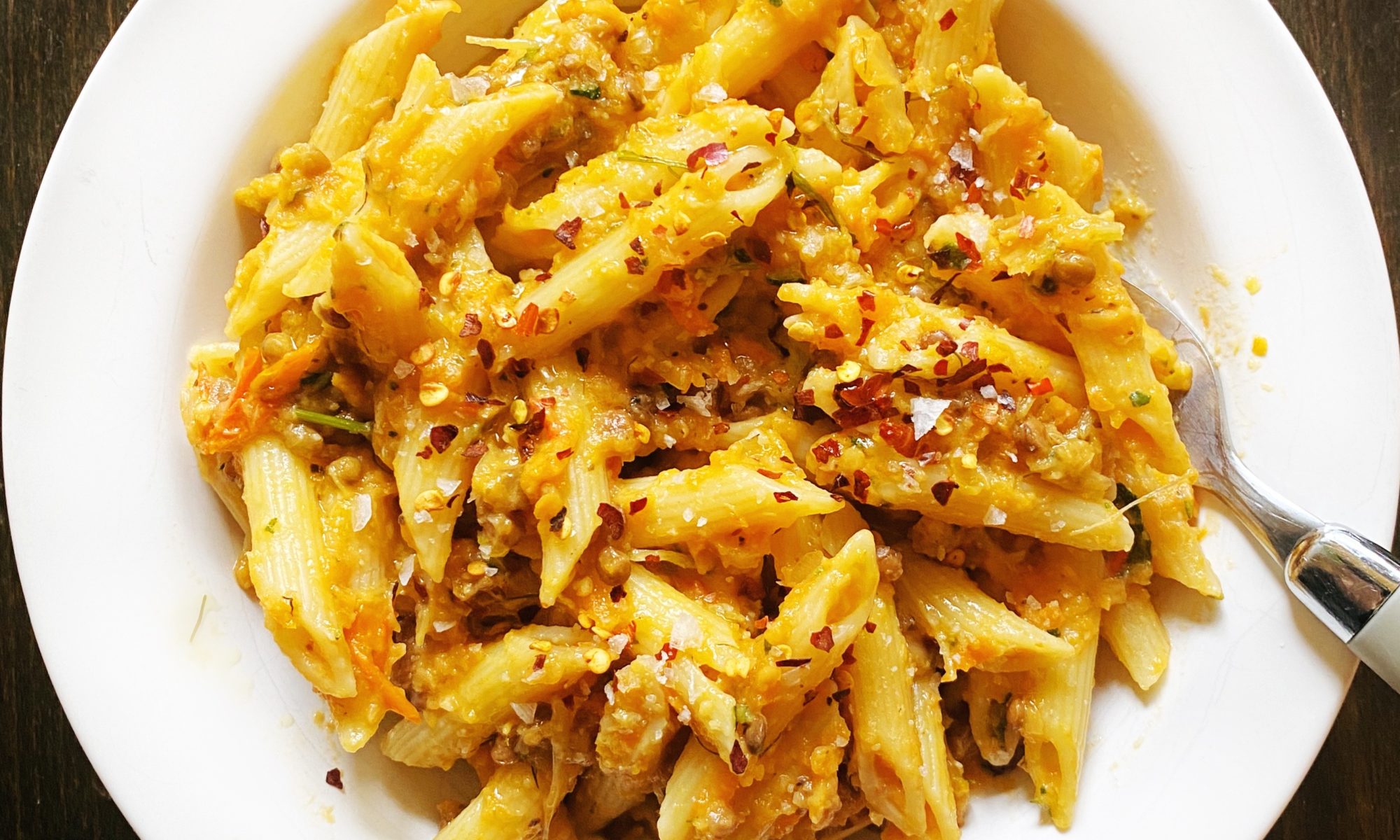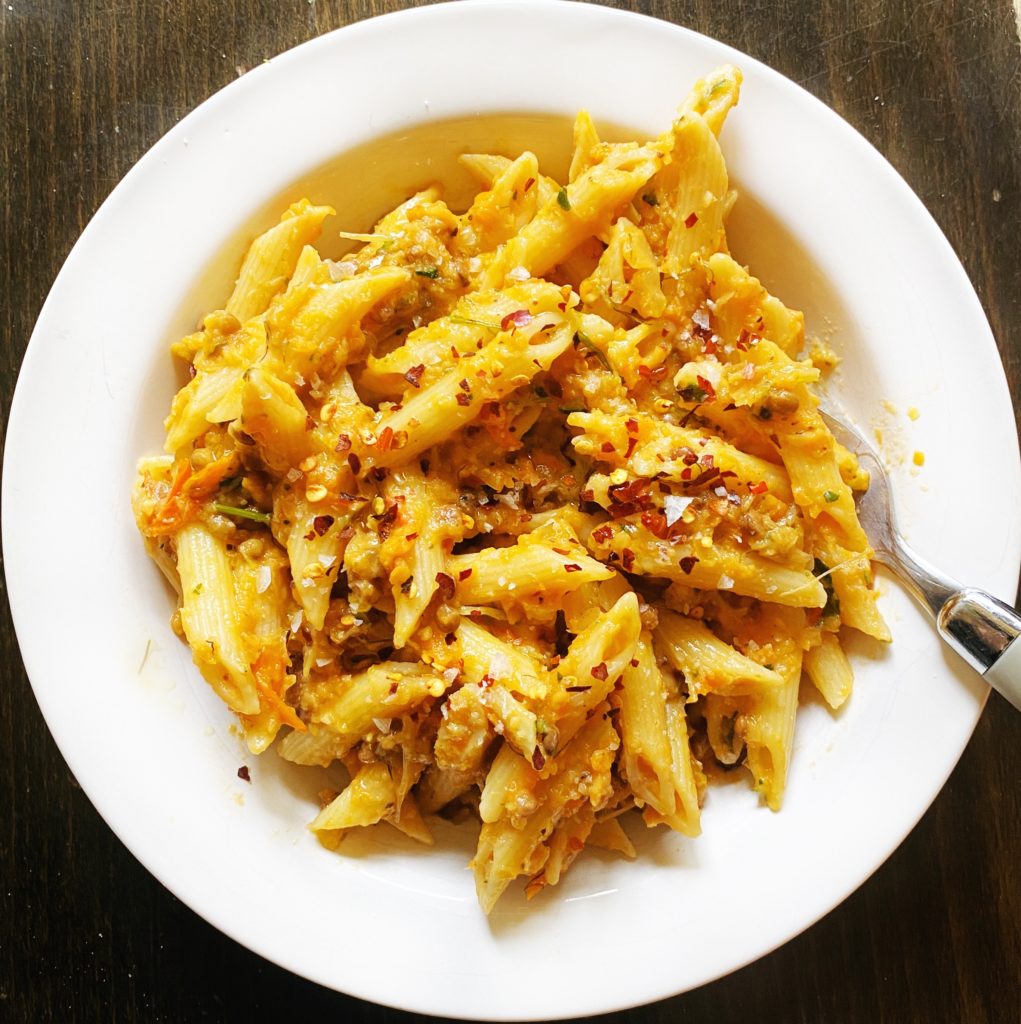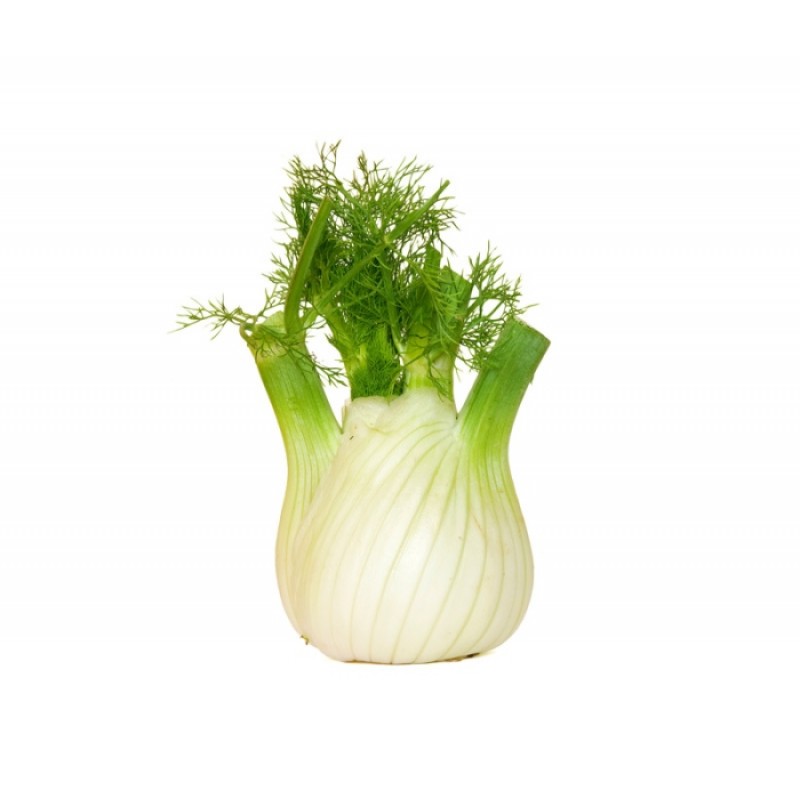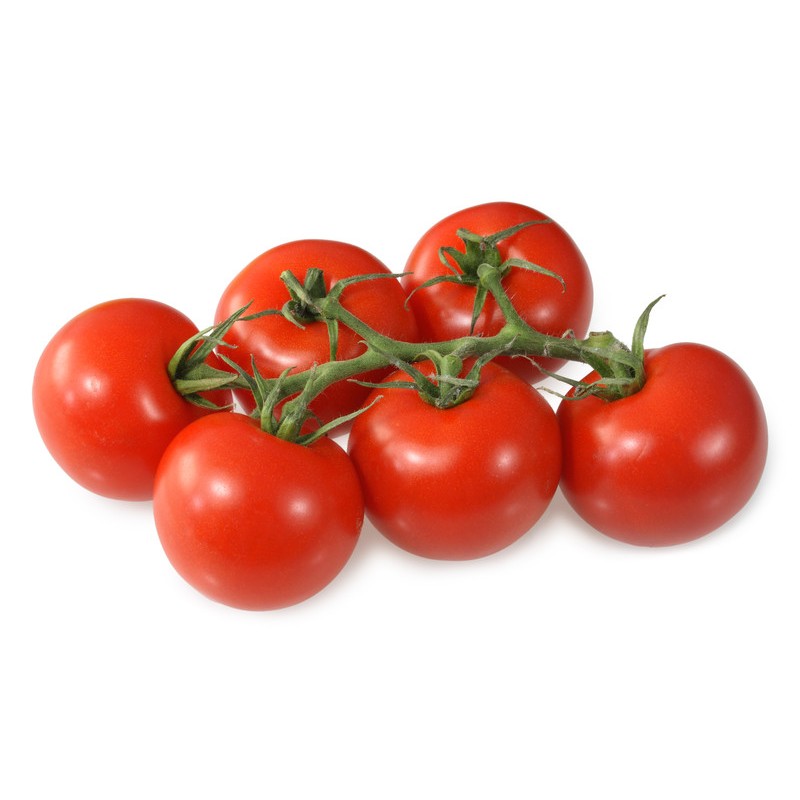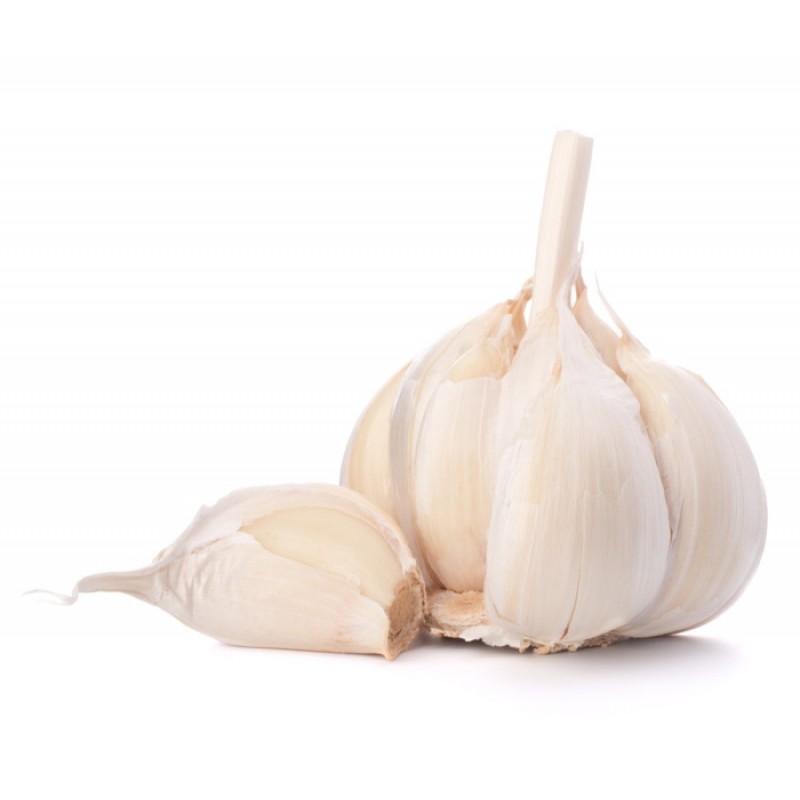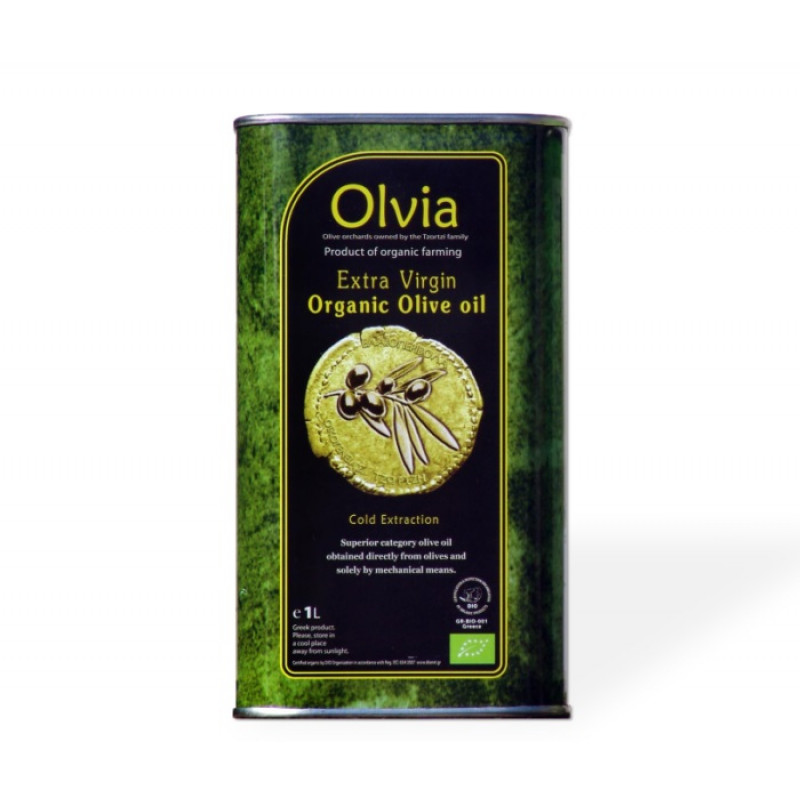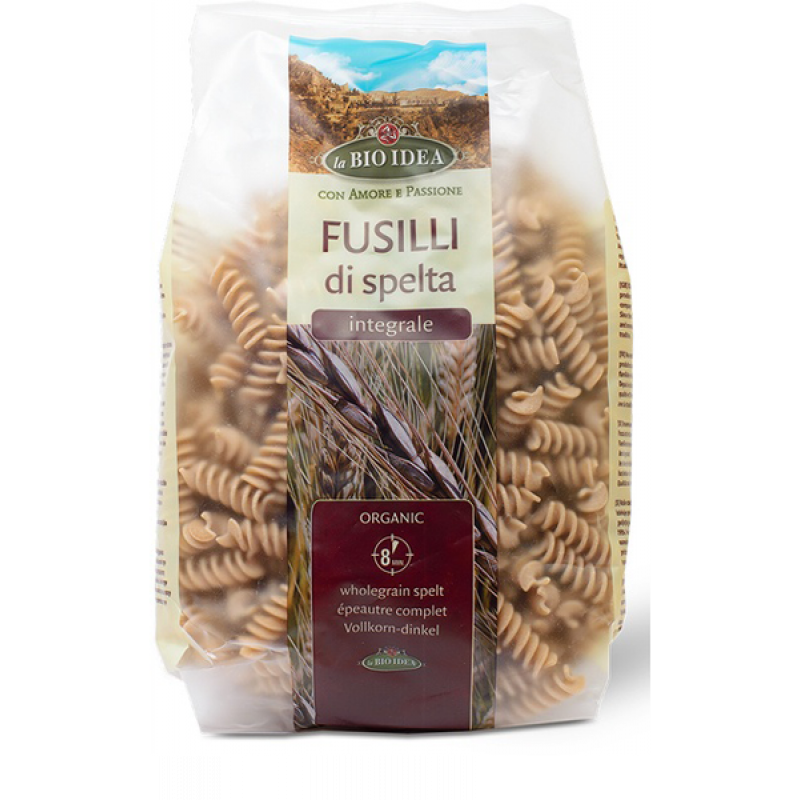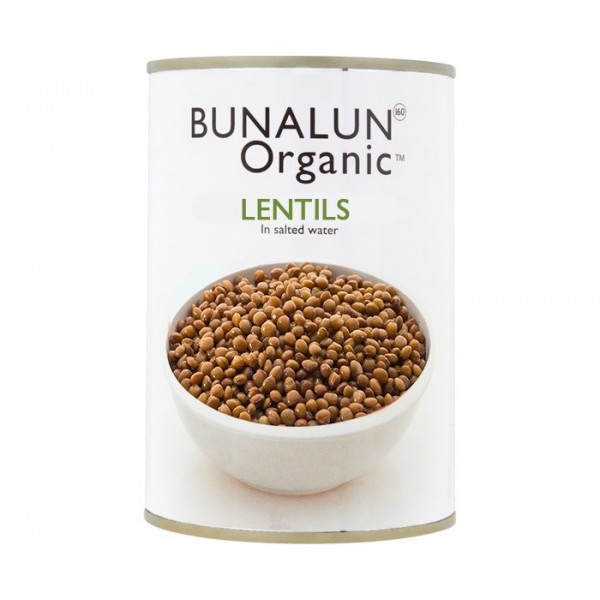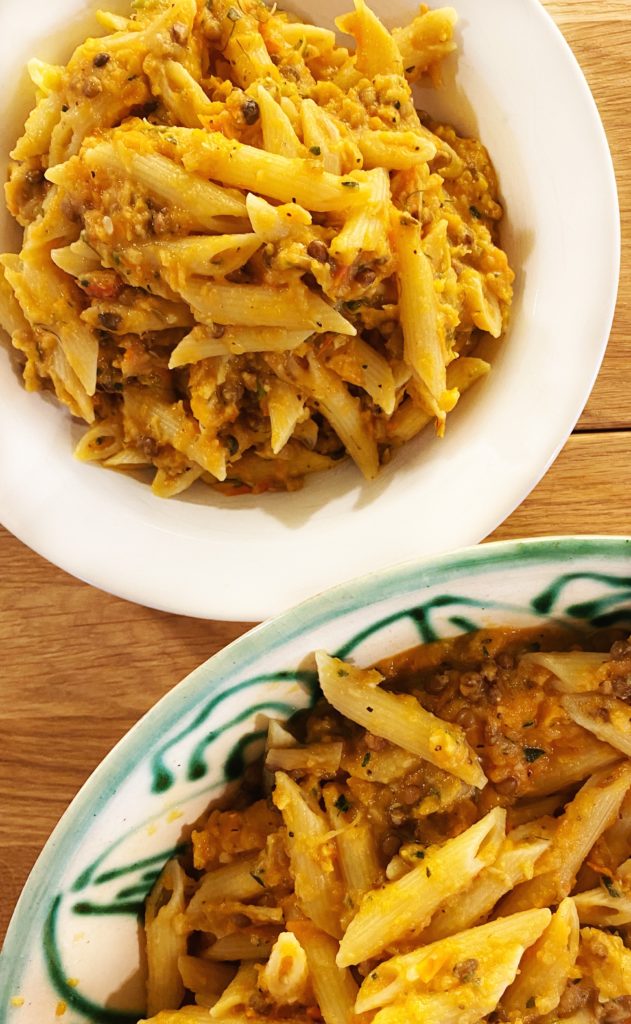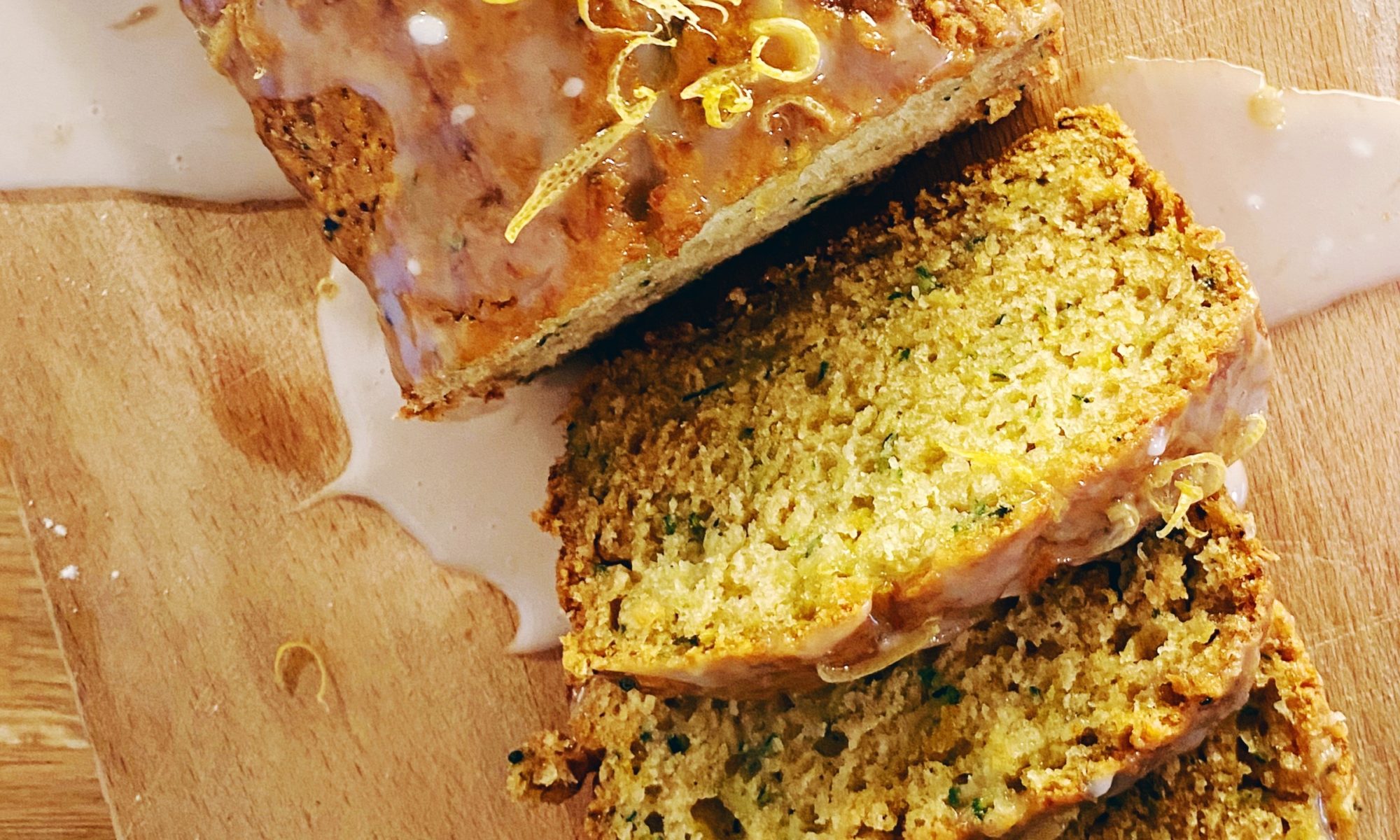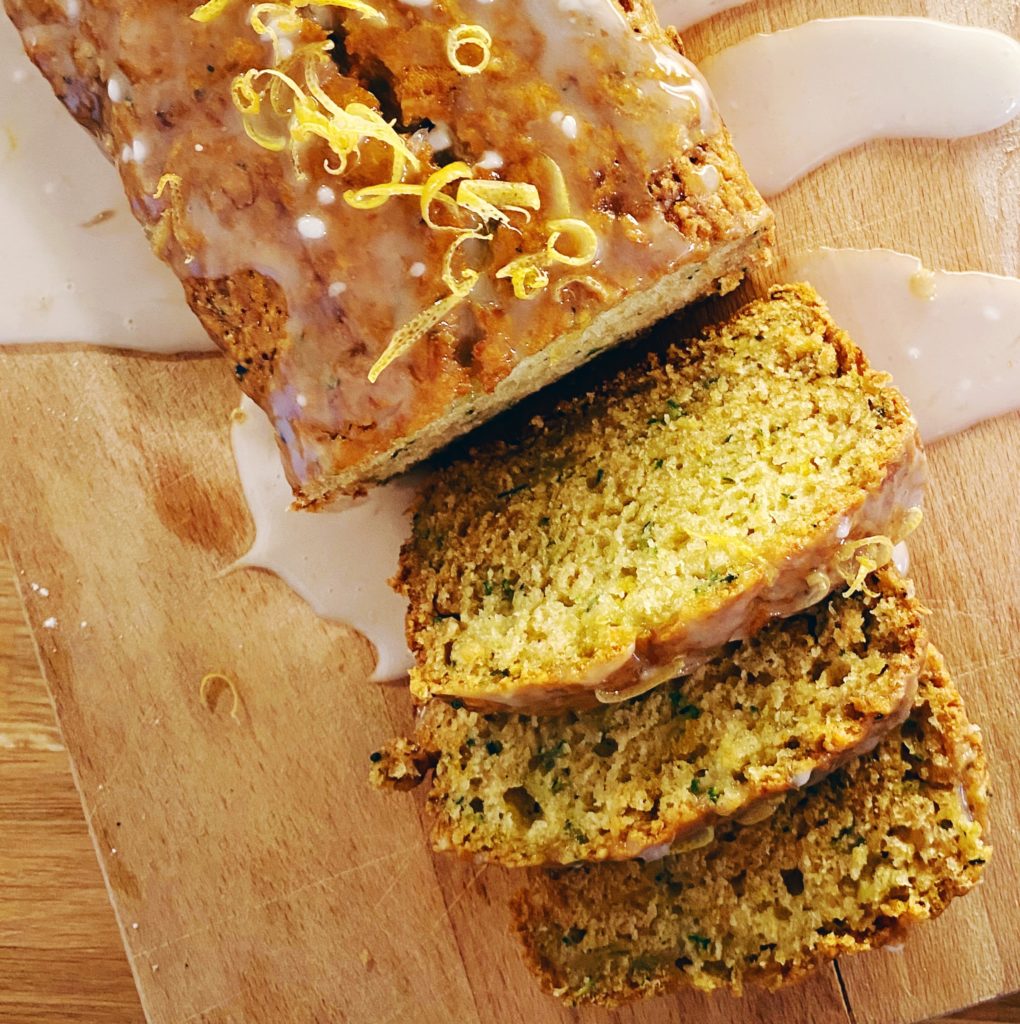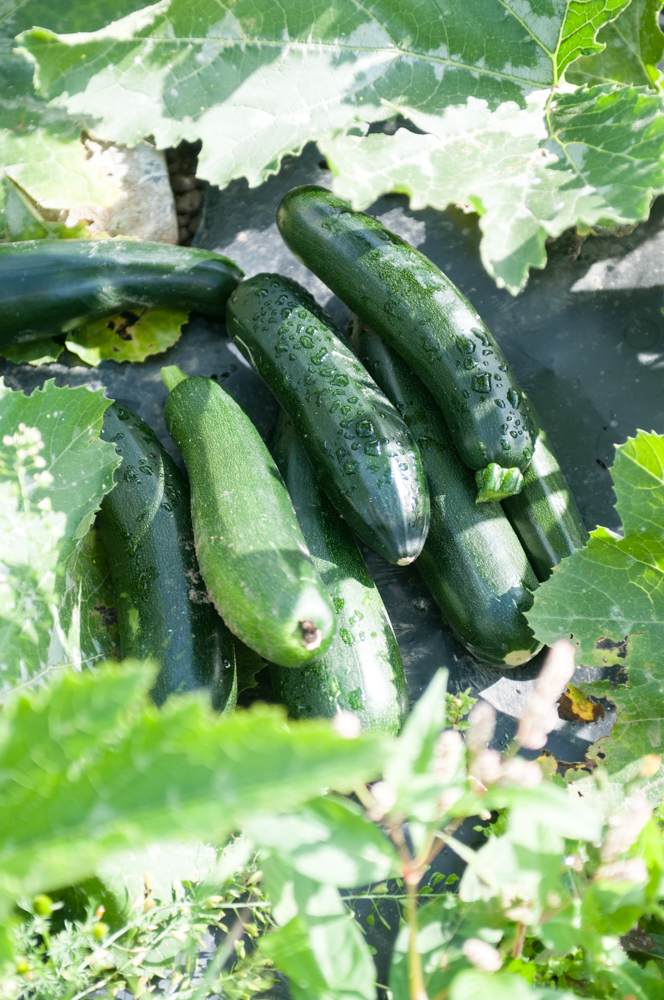
I am not one for new year resolutions, it’s not that I am against them or for them I just don’t make them. But there certainly is something about the new year that seems to encourage change. Maybe it’s having passed the shortest day and being on the trajectory to better weather and longer days gives a feeling of hope. Maybe it’s the over indulgence and excess of the Christmas period. Maybe a little niggling feeling that’s been there all along just bubbles closer to the surface.
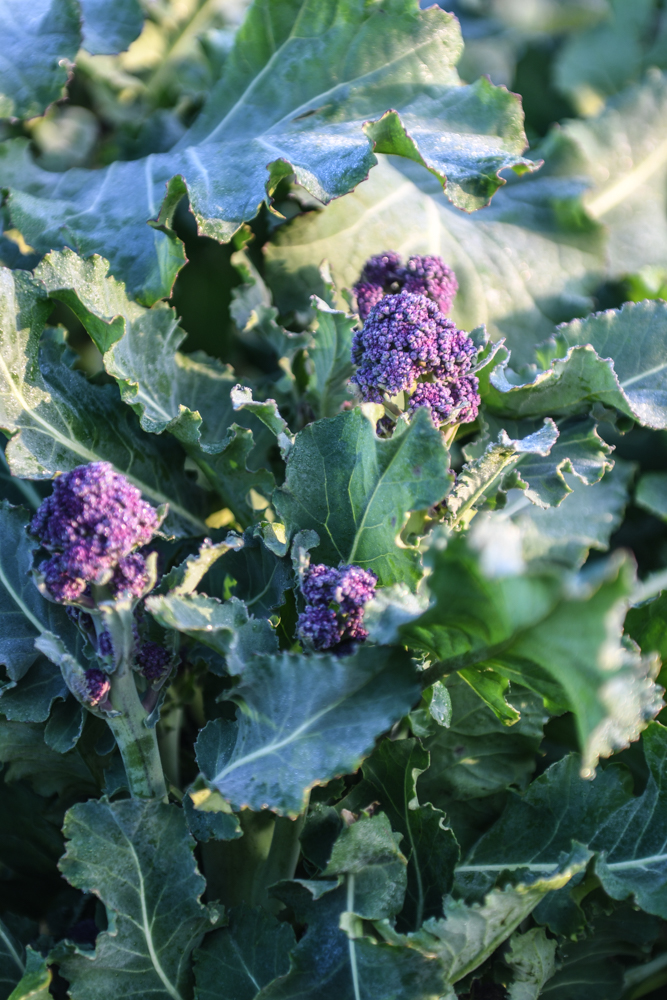
For the farm it marks at least on paper the start of a new season, the planning begins and the seeds must be selected and the rotation planned. I am always a little bemused at how long ago the start of the last growing season was and at the same time how fast time passes. It is one of those mysteries of getting older, I guess. It’s very difficult to make plans anymore. For the farm last year we were a little too ambitious with our planning, we planned and grew too many crops. This year we are taking a more sensible approach and scaling back a little of certain crops and a growing a little more of others. That being said, the winter has been benign, mild and not too wet and the crops remaining in the fields are in good order and we have plenty to harvest over the coming months.
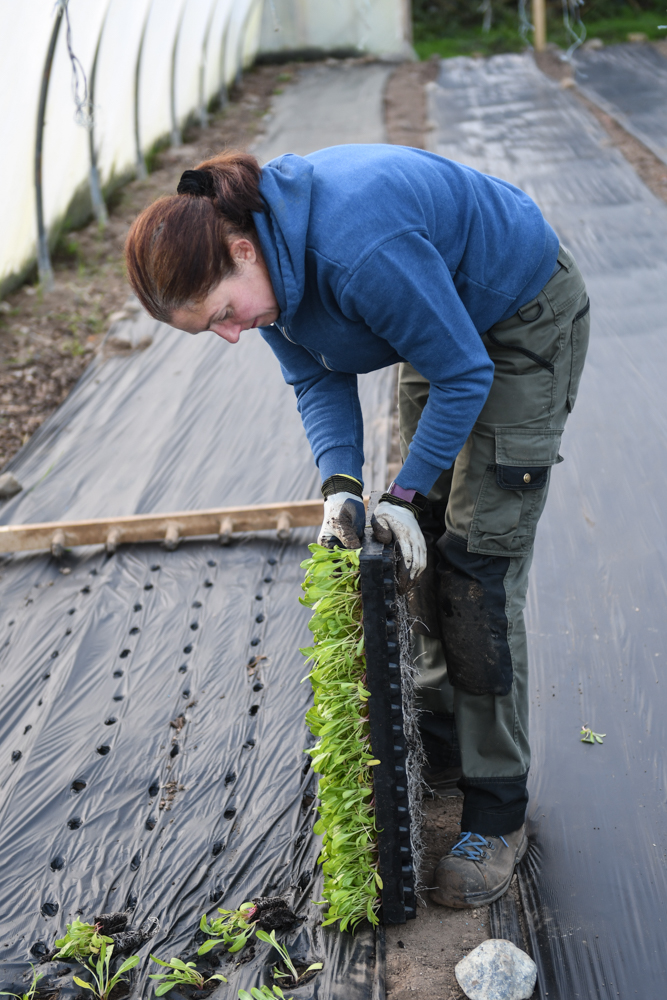
Whilst there has been plenty of good hearty vegetables consumed here over Christmas we have also had our fair share of chocolate. I am guessing that there will have been few houses or few people in the country who did not encounter a box of ‘Milk Tray’ during this festive Season. Growing up they were the main stay of our family evening, and my mother for some reason never trusted me with them, I can still hear, “only one Kenneth” every time I see a box. That instruction was always reserved for me and never aimed at my siblings strangely enough. These sweets today seem to be a far cry from the sweets I remember as a child.
If you happen to have a box lying around take a look at the ingredients. I didn’t recognise most of them. Apart from sugar I couldn’t say yeah that’s in our cupboard. The result of course is not good, the food itself is now a synthetic engineered product from ultra-cheap and highly processed ingredients. Sugar is the first ingredient, followed by palm oil as the second, for those that don’t know, ingredients are listed in the order of quantity. Then there is the cheap waste by products from the milk industry and more. The intention it seems has been to make the product as cheap as possible and to sell as much as possible for maximum profit, with scant regard for taste or quality. This unfortunately is a common approach to many foods today.
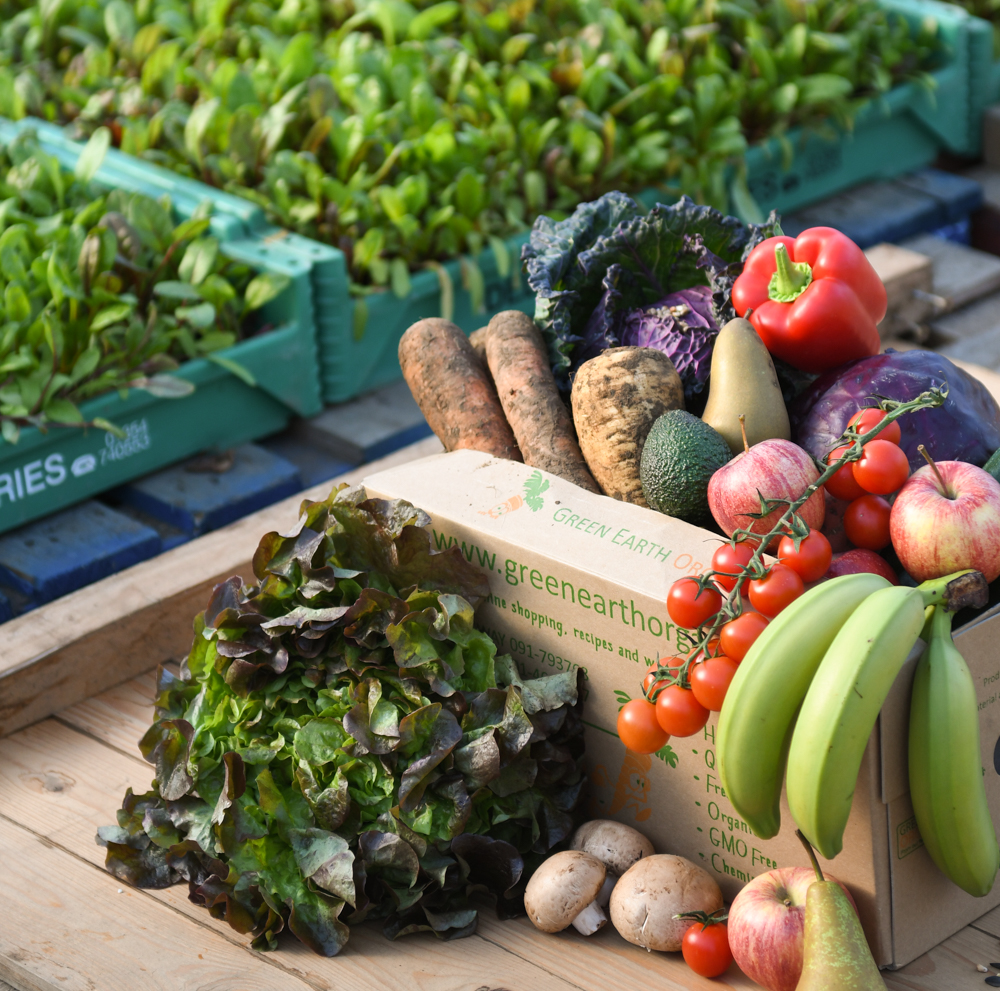
Compromising on taste and quality never leads anywhere good. This race to the bottom can end up costing us our health and the planet too pays a high price for these unsustainable cheap ingredients. So, while I do not embrace the idea of new year resolutions, the one that I come back to every single year without fail is to “Eat more fresh fruit and veg”. I know too that I won’t have to worry about my mum’s mantra of “only take one”! as I reach for another apple.
Have a great new year, thank you for all you have done for us. We are back with our normal deliveries next week. Take care.
Kenneth
